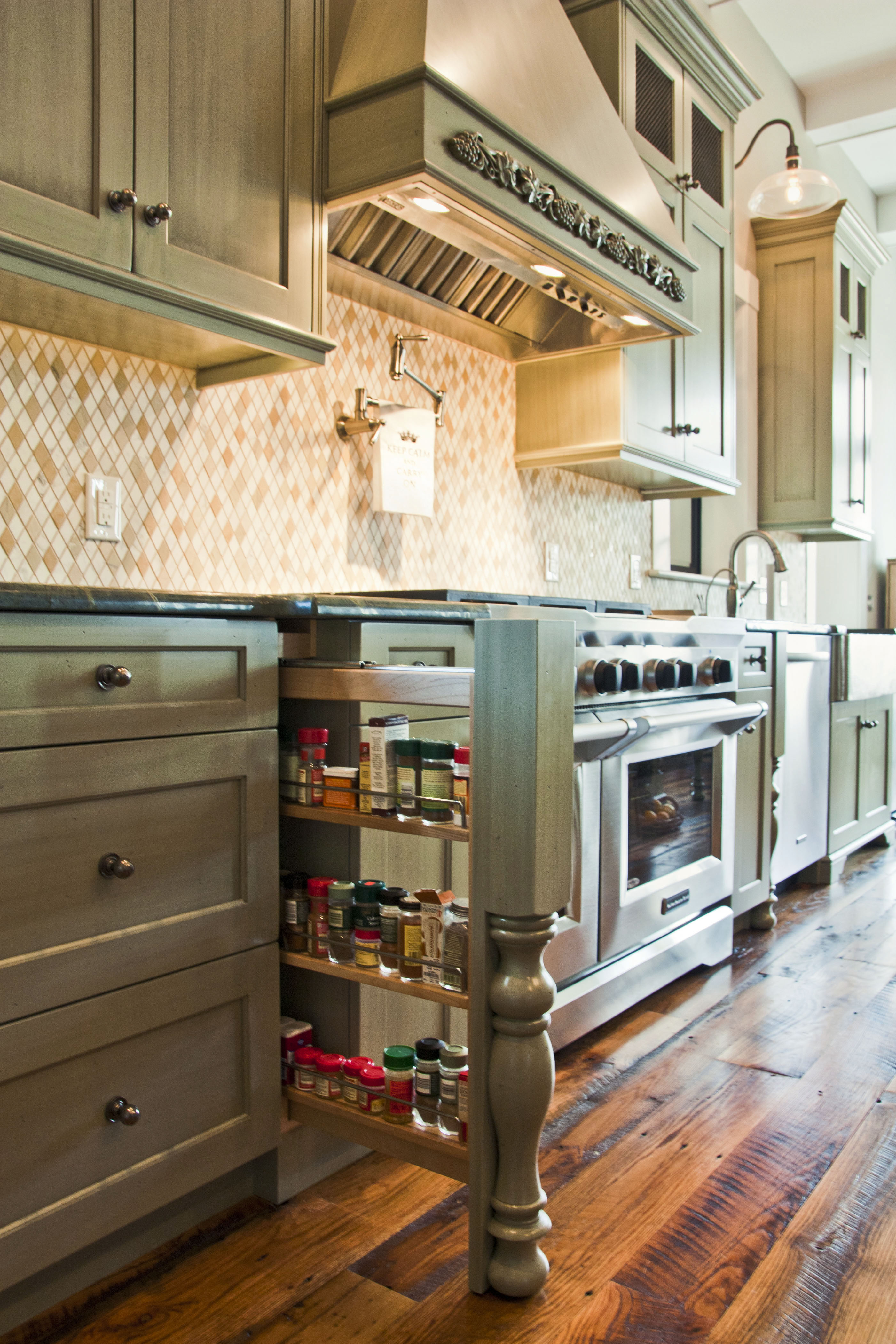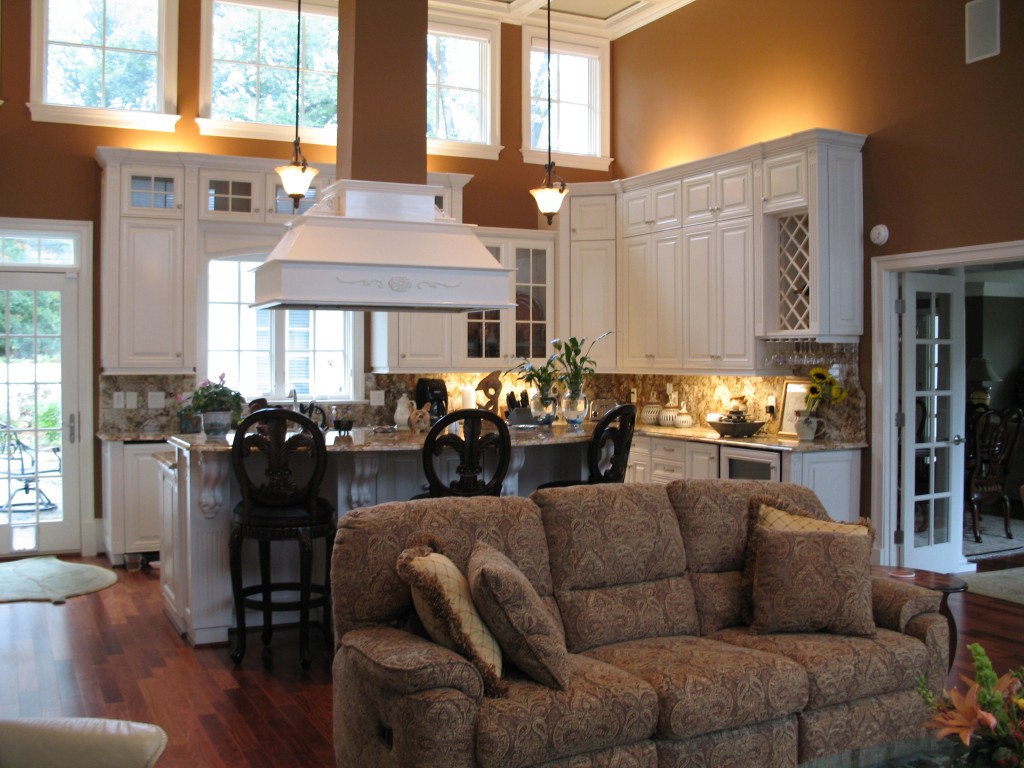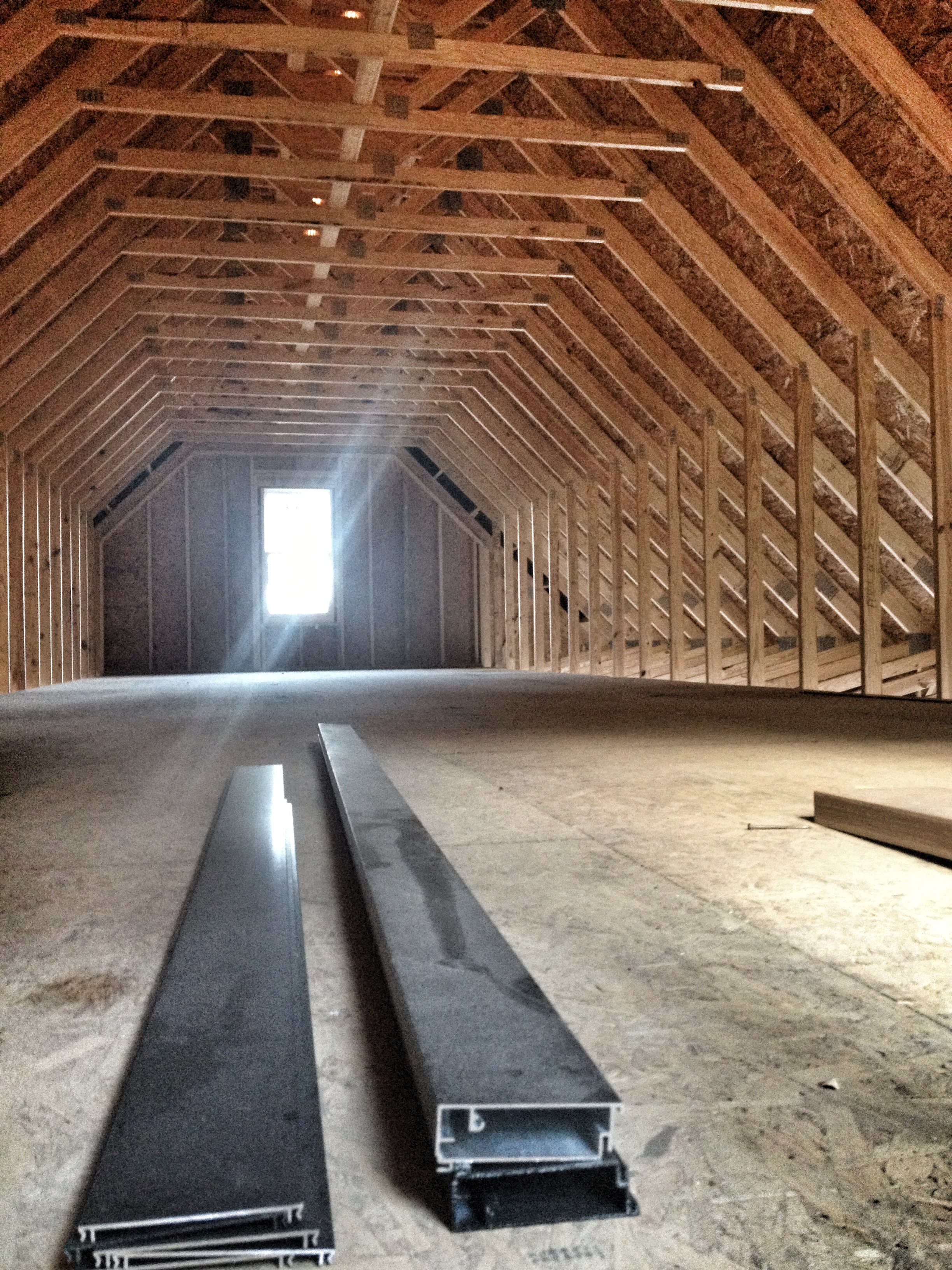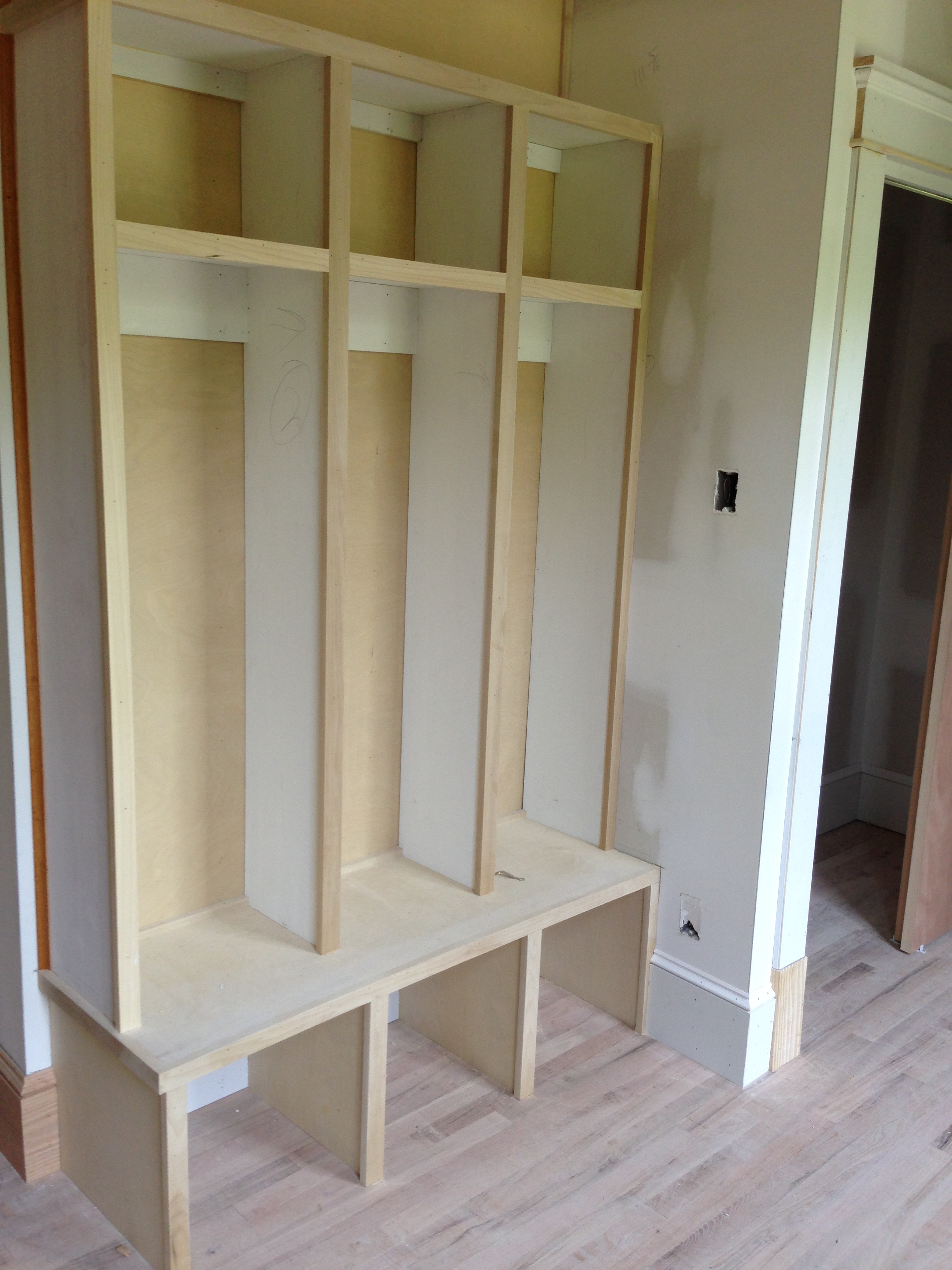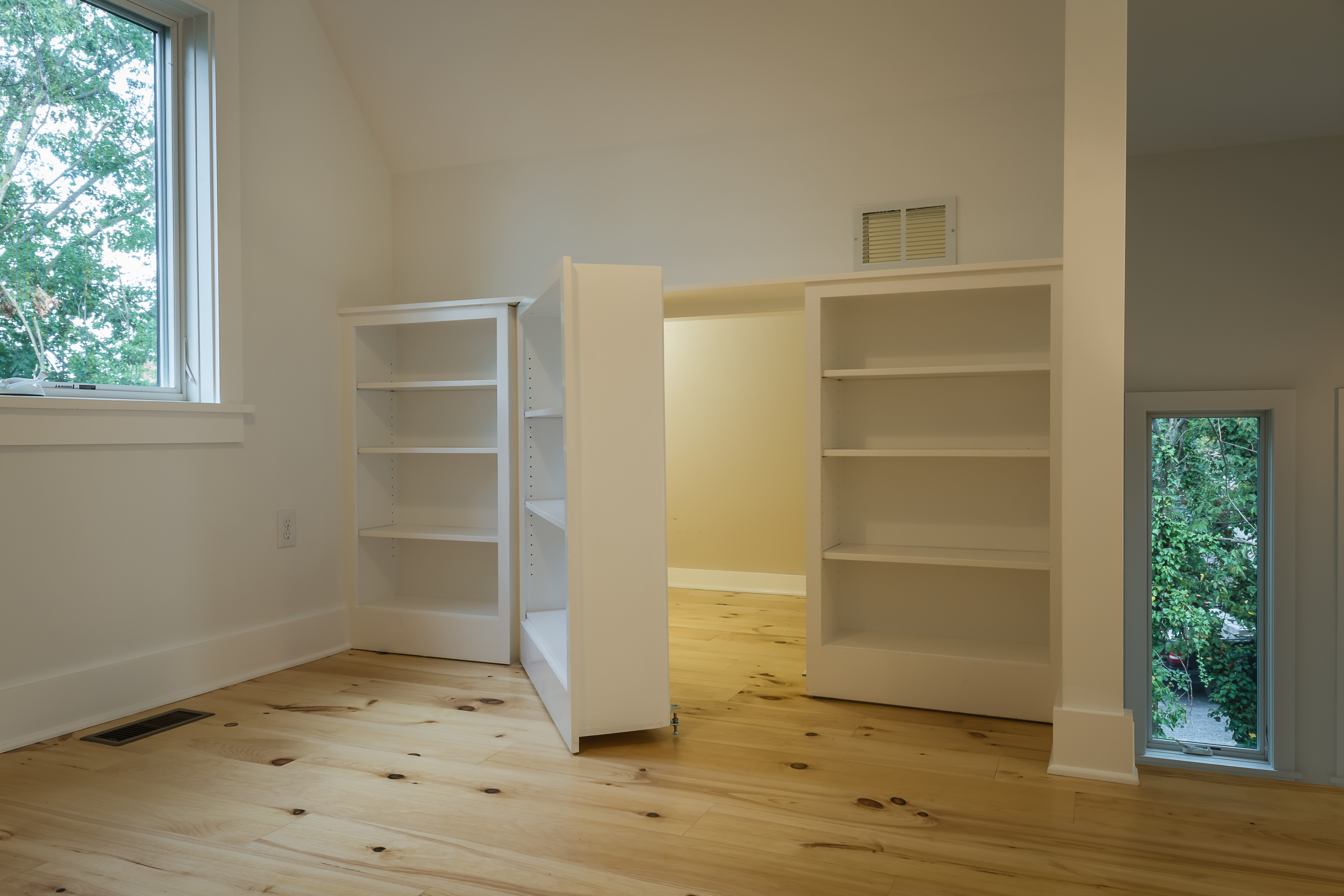by harrisonburgarchitect | Jun 10, 2015 | architecture, Harrisonburg Architect
Building a creative next generation – Check out our Maker Space
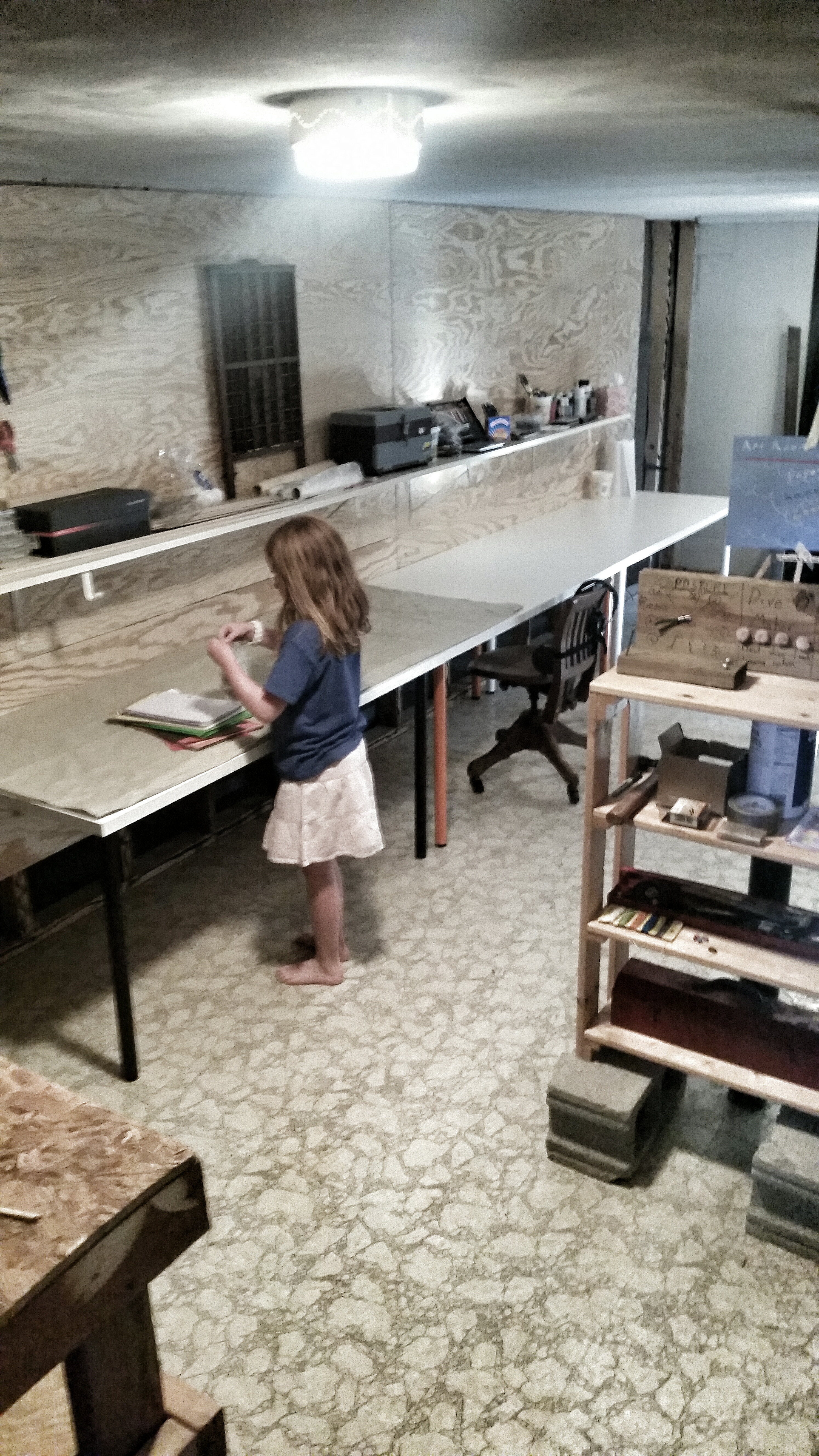
It has taken me a while and of course it is not done, but the maker space is now functional.





We have a partial basement in our home that is perfect for a “maker space.” A maker space is a mix between a shop, a craft room, and an art room. The one I created for our girls has been under construction for almost a year (in other words, I started it a year ago and then made no progress). Over the last couple of weeks, I was able to schedule a trip to IKEA to get the tables I needed, found two perfectly durable workbenches, and found some time to dedicated to the construction. I still have big dreams of building in a storage area for our seasonal decorations and other odds and ends that are kept in the space. Once that is done, we will expand the functional area of the space and move in some additional power tools.

Creating a creative space in our home has already inspired several creations. From clay, to wood, to painting, to sewing, all activities now have a place to happen that is out of the central living area – believe me the non-stop hammering needs to be out of the central living area.



As our space grows and evolves, hopefully we can add more and more tools for use in creating projects. Let me know what you think.


by harrisonburgarchitect | Jun 3, 2015 | architecture, Harrisonburg Architect

Monger’s
Marvin® Windows and Doors hosts an annual Architects Challenge, inviting architects to submit their best projects using Marvin products. This prestigious contest also includes a Showdown event to select a winner by people’s choice. This is a separate award based solely on Internet voting.
You can vote once a day. You can also spread the word by sharing this blog post to your Facebook and Twitter page or share it by email.
If I were selected for top honors, I’d win a trip to the Greenbuild architecture conference in Washington, D.C. this fall.
As you can see, there are a lot of amazing projects entered. I’d be proud to be selected from this fantastic group.



Thanks in advance for your support.
PLEASE VOTE FOR ONE OF MY PROJECTS
To find my entry, click here and sort by state.
That will bring up my projects.


by harrisonburgarchitect | Jun 1, 2015 | architecture, Harrisonburg Architect

I just returned from the National Cohousing Conference 2015 in Durham, North Carolina. This conference is advertised as an introduction to cohousing basics, sustainability, community building, and the evolving definition of cohousing. There was a deliberate focus on new models of cohousing including urban and senior projects including a tour of an urban project in Durham, North Carolina. The first American cohousing projects were completed in the early 1990’s and more than 135 communities exist across the country. The term cohousing is credited to Charles Durrett and Kathryn McCamant of Nevada City, California who designed the first cohousing community in North America.



The main difference in cohousing from traditional neighborhood development is who has a say in decisions being made while they are being made. Cohousing is an intentional community where the people exist in community to form the design and building of the physical place. This concept of evolution of design through workshops and conversations is not that different from any project an architect may encounter that has a committee (church, industrial facility, school…). The difference is the community does not just give direction and the architect leaves to transform that into the design, the community stays and participates actively during design. They move the buildings around the site, set the goals, brainstorm ideas, shape the place, values, and form. This approach to design brings an active role of each community member and physical buy in to the end result. The architect is able to check their work by looking back at the values and goals established to see if they match.

Durrett breaks his process down with a group as having 6 parts.
1. Design of the site plan
2. design of the common house
3. design of the individual house
4. design closure – architect presents the results to the group
5. selection of materials – countertops, flooring…
6. Values / prioritization – flushing out what is really important to get the budget right to build
The types of questions asked are not different from any other project I have worked on. It is simply the interactive process added to the design that offers added value and texture to these projects. Each decision goes through a process of brainstorming – discussing – decide. The architect is serving more as a facilitator than as the leader of the design process, giving guidance to decisions that impact social aspects of the community or cost implications, asking questions to help flush out design decisions. The architects job is to allow the neighborhood to become what it wants to be.

It is interesting how familiar the process used in cohousing is compared to how I was trained to design. One of the books that informs the cohousing process is Christopher Alexander’s book Pattern Language – one of the books I used heavily in graduate school. It is also a design approach where egos need to be left at the door to be most successful. The more successful projects I heard about this past weekend were led by people who clearly left their ego at the door. If you are interested in cohousing, I encourage you to look at what Schemata Workshop (Grace Kim) is doing at Capital Hill in Seattle and what Harvey Harman is doing at Living Well in North Carolina.
If it sounds interesting to you and you want to find a community, you can visit this website.

If you are in Harrisonburg, check out the Harrisonburg Cohousing group – they are incredible folks trying to build an intentional local community. Facebook page. Website.
by harrisonburgarchitect | May 25, 2015 | Harrisonburg Architect
Memorial Day
Celebrate I Honor I Remember

All gave some, some gave all.

A prayer for peace.
Then they will beat their swords into iron plows, and their spears into pruning hooks. Nation will not take up sword against nation;nor will they train for war anymore. ~ Isaiah 2:4

Our debt to the heroic men and viliant women in the service of our country can never be repaid. They have earned out undying gratitude. ~ President Truman

Thanks to those that have given their lives in the name of Freedom.

On this Memorial Day I pray for the families of those that have given their lives for our freedom and I pray that we can find a future of Peace without war. Let Peace fill our heart, our world, our universe.
by harrisonburgarchitect | May 22, 2015 | architecture, Harrisonburg Architect
#Architects are not normal people. Part II. See part I here.
As an architect, I have had years of training that has taught me how to observe spaces, building science solutions, and aesthetics in a unique way different from normal people. I see beauty in brick and emotion in statues. For instance:
What an architect sees: an exquisite juxtaposition of material and form, hard surfaces and soft textures, dark and light.

What a normal person sees: a rock wall with a wood bench.
What an architect sees: a solar chimney used to pull warm air from the lower level of the house to create a natural convection loop to cool the house.

What a normal person sees: a two-story tall entrance with windows.
What an architect sees: a balanced space that allows in filtered light, encourages gatherings, and offers comfort.

What a normal person sees: a living room / kitchen space for the family to enjoy
What an architect sees: a complicated building science challenge to maintain humidity and heat levels while preserving the existing wood structure of the building.

What a normal person sees: A hot yoga studio
What an architect sees: a properly installed thermal envelope that will allow the home to operate in an efficient manner while protecting the indoor-air quality.

What a normal person sees: open cell spray foam insulation

by harrisonburgarchitect | May 20, 2015 | architecture, Harrisonburg Architect
Clutter around the house is a common issue in many homes today. Of course the best way to reduce clutter is to have less stuff. However, even once you have less stuff, there needs to be a storage system to keep all that is left in order. From shelving to closets there are many solutions to make your home easy to keep orderly and neat. You can get rid of the mess in your house with these design strategies:
1. Shelving – there are many types of shelving and many places to install it. From slat walls in your garage, pantry in your kitchen, to built-ins in your closets – having the right systems in place allows you to have a place for your things and for things to stay neat.
 \
\
2. Functional Kitchen Cabinets – Designing your new kitchen to include the right storage solutions is critical. Whether you are a gourmet or an occasional morning pancake maker, easy to access spices, pans, and dishes make life easier. This might include pull down wall shelving, lots of drawers, or extra tall cabinets. No matter your need in the kitchen, I guarantee with a little design time, you can find the right solutions for all your storage desires making life easy in the kitchen.


3. Attic Storage Space – If you are building a new home, think about designing in easily accessible, dry, conditioned storage space. This gives you a place to put the Christmas decorations, kids art work that is not on display, clothes waiting for to be hand-me-downs, and all the other accumulations that we keep. Whether it is a basement, above a garage, or in an attic – a full stair that is wide enough to carry things, lots of natural light, and the proper ventilation will keep these spaces usable for many years to come.

4. Cubbies – This term has become as common and “lots of light” in designing new homes. Creating a spot for everything from shoes and coats to backpacks and sports equipment right by the entry door keeps the mess contained.

5. Built-Ins – Movable shelving is nice, but built-ins give permanence to your storage solutions. Taking advantage of book shelves to define a space or to create a place to hide more storage behind is a simple technique to improve your homes functionality.

What solutions to storage do you use in your home to keep things in order and life simple?
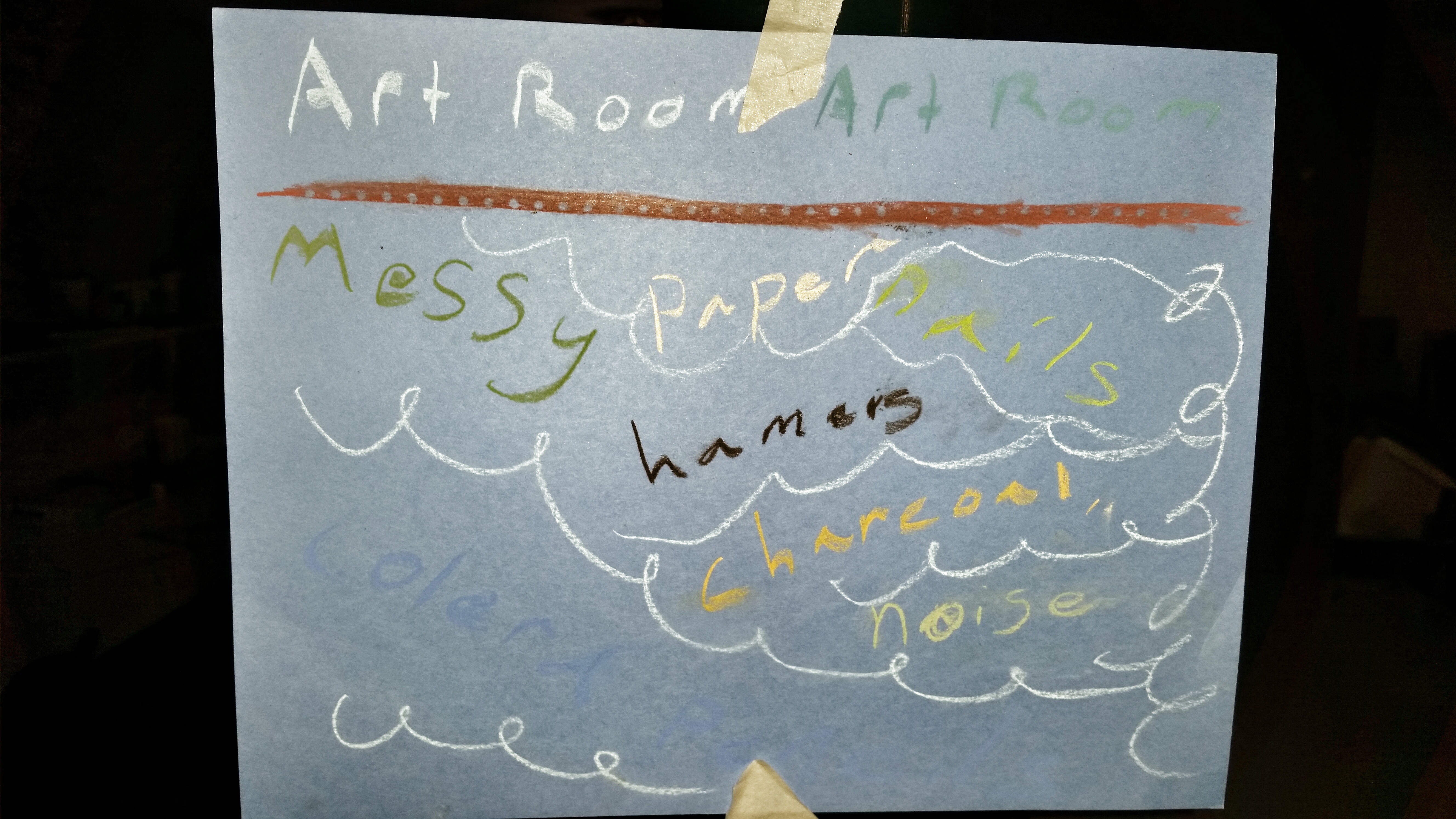
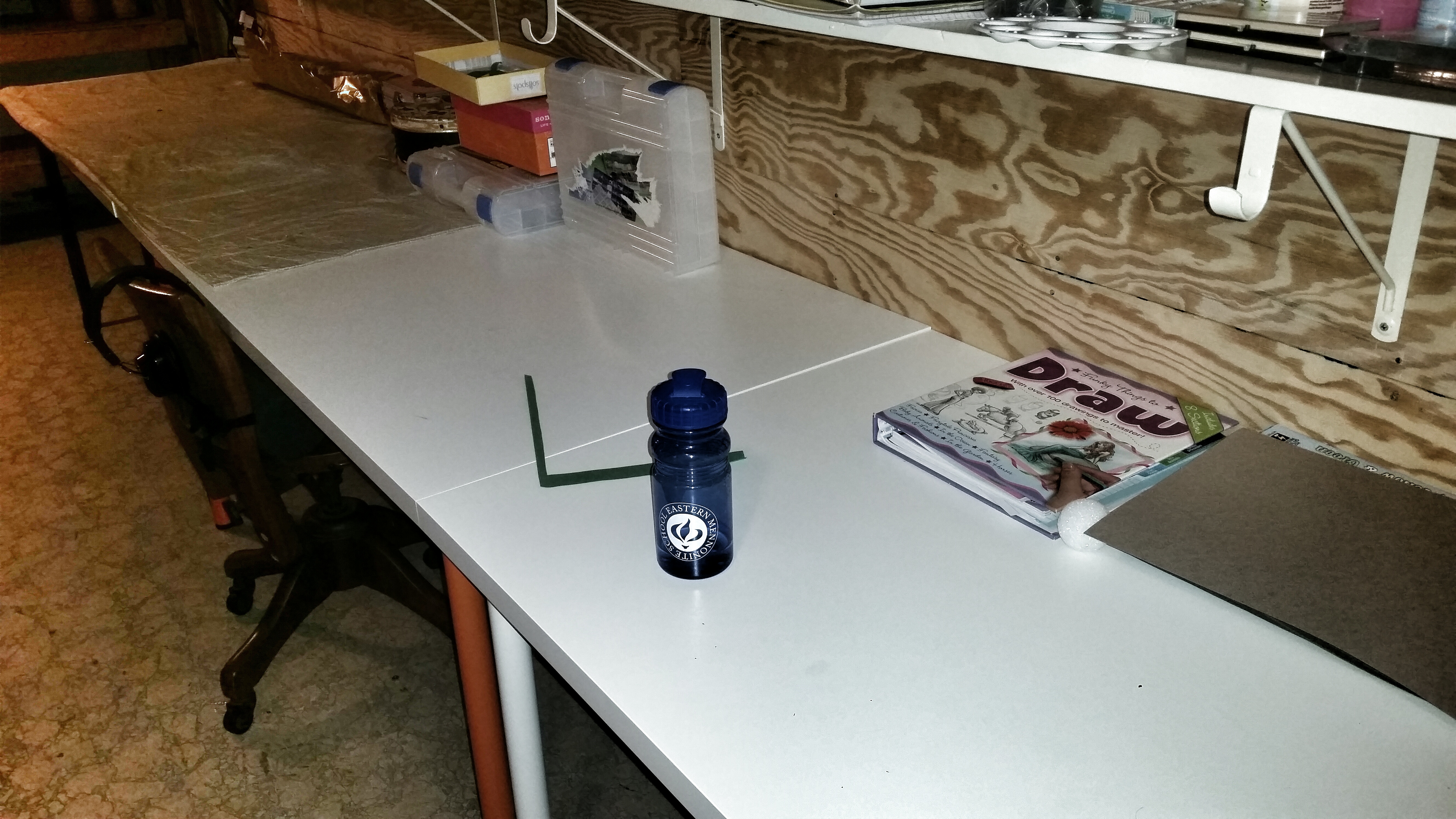
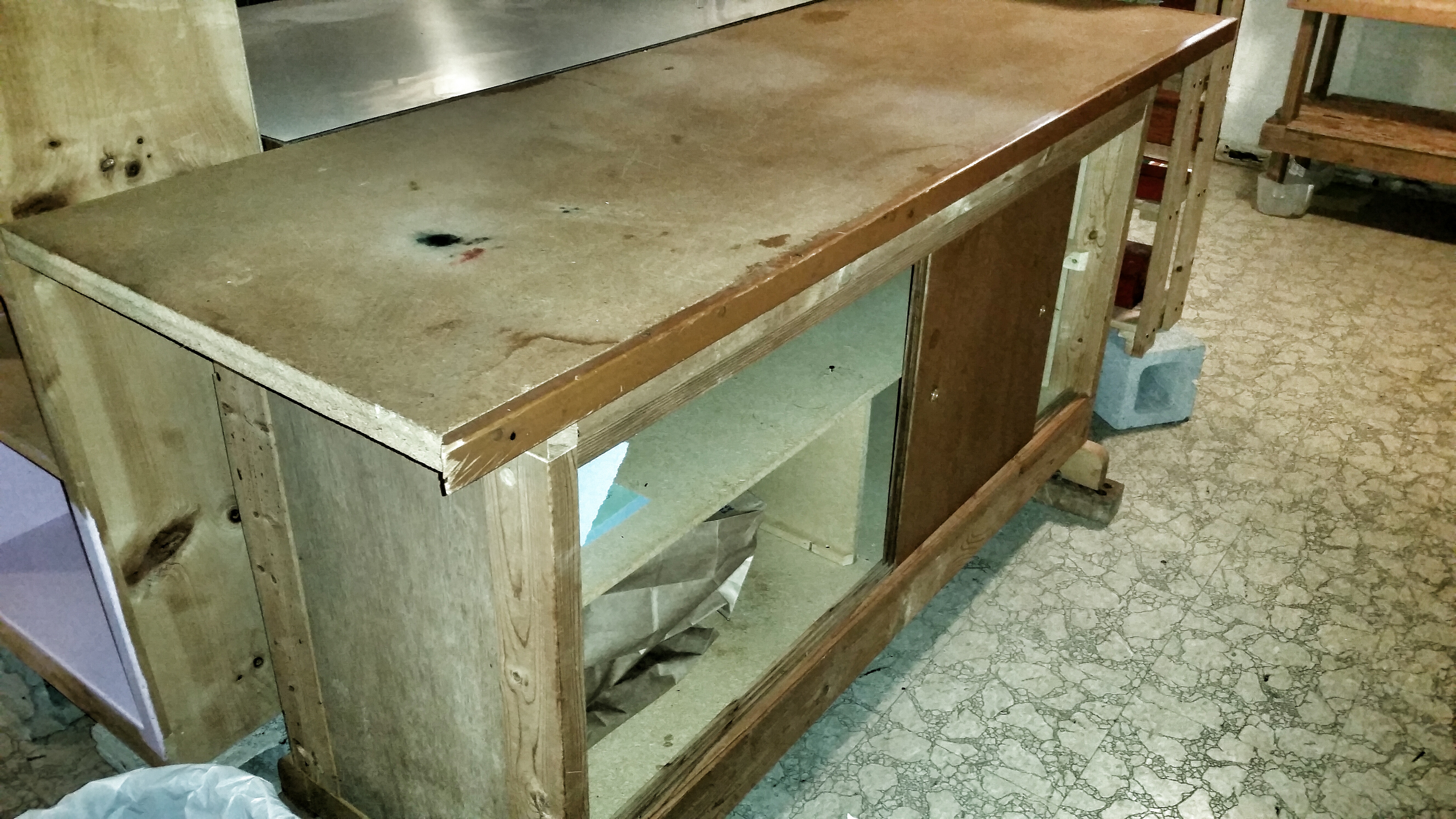


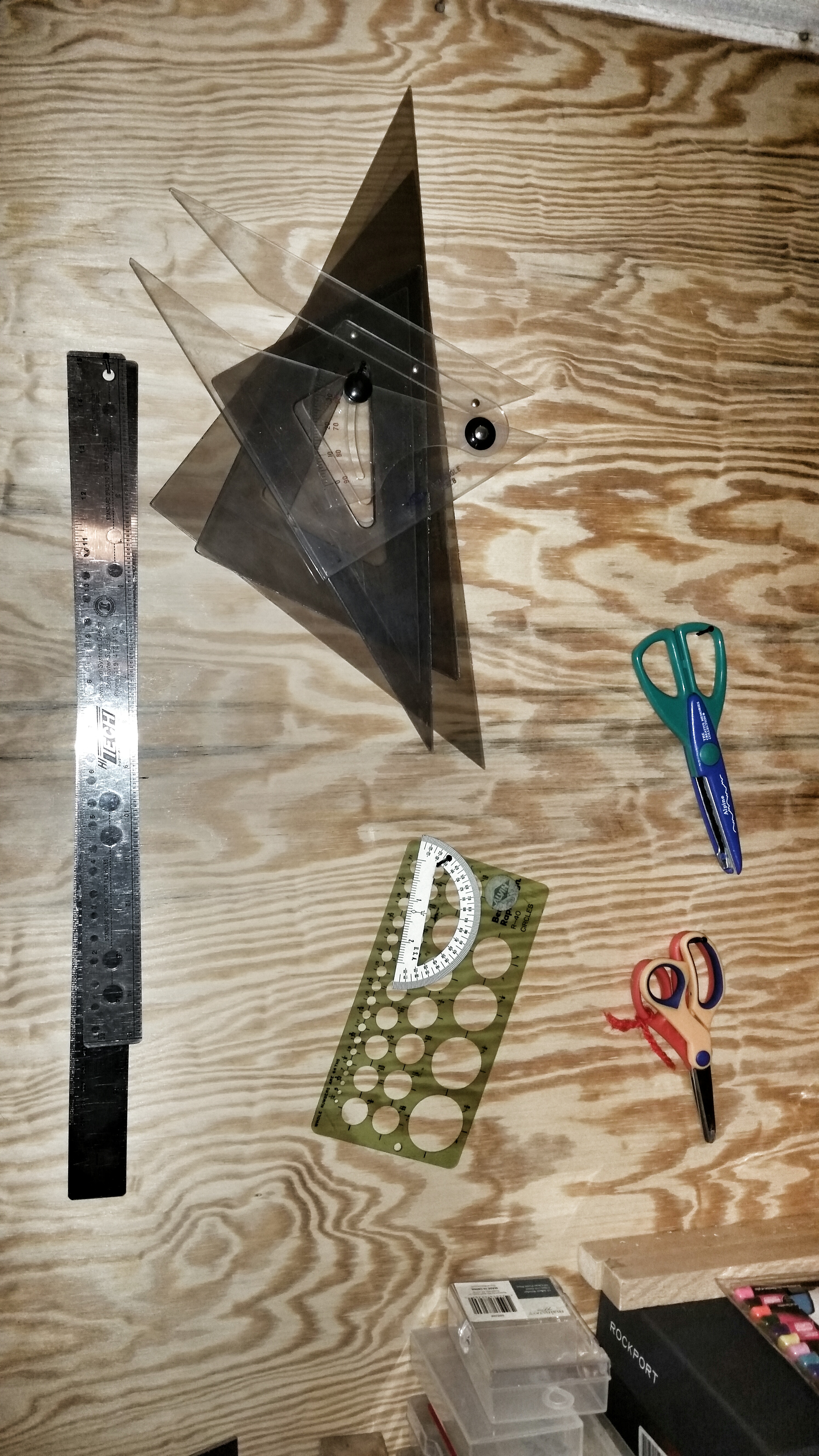
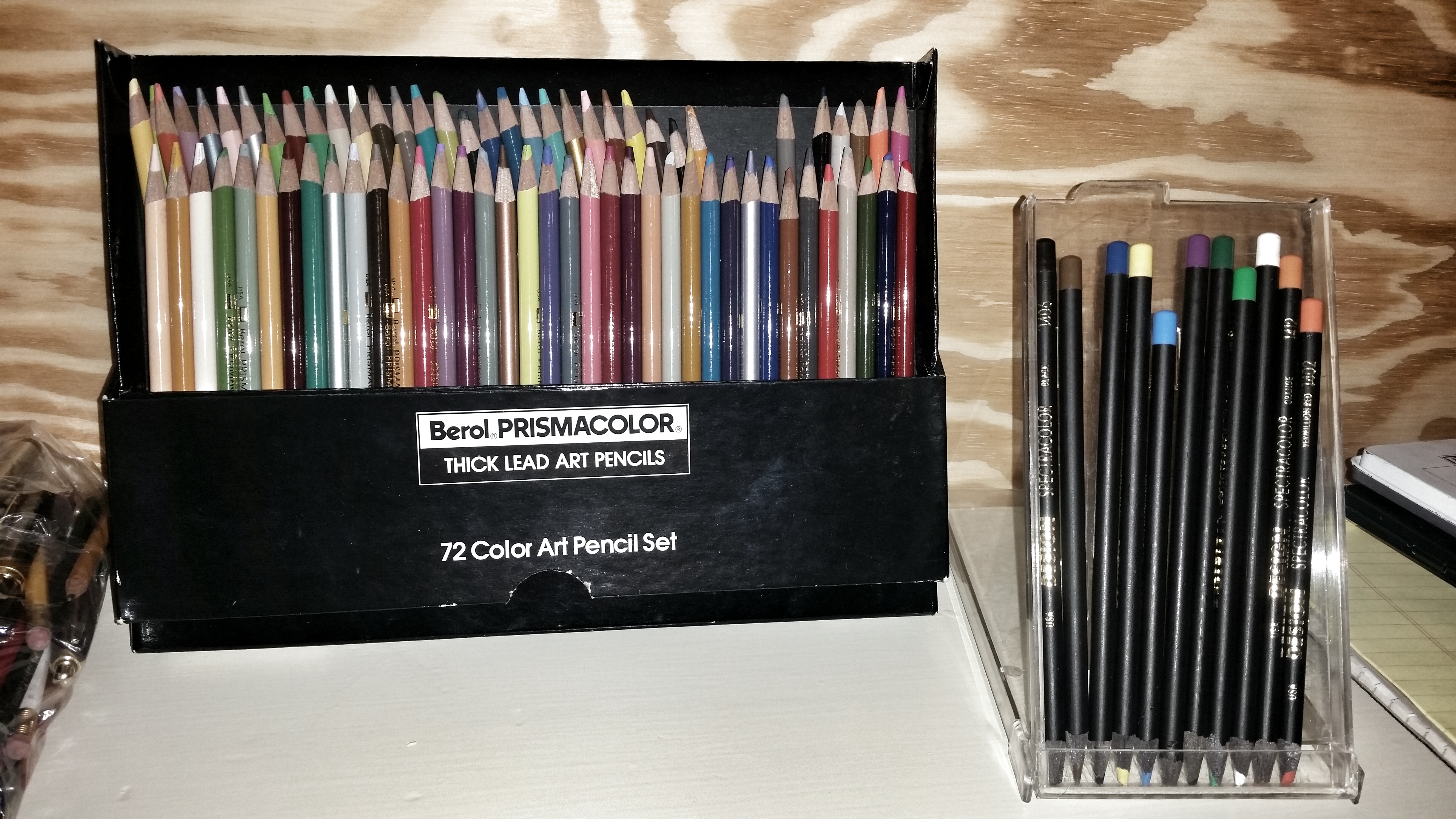
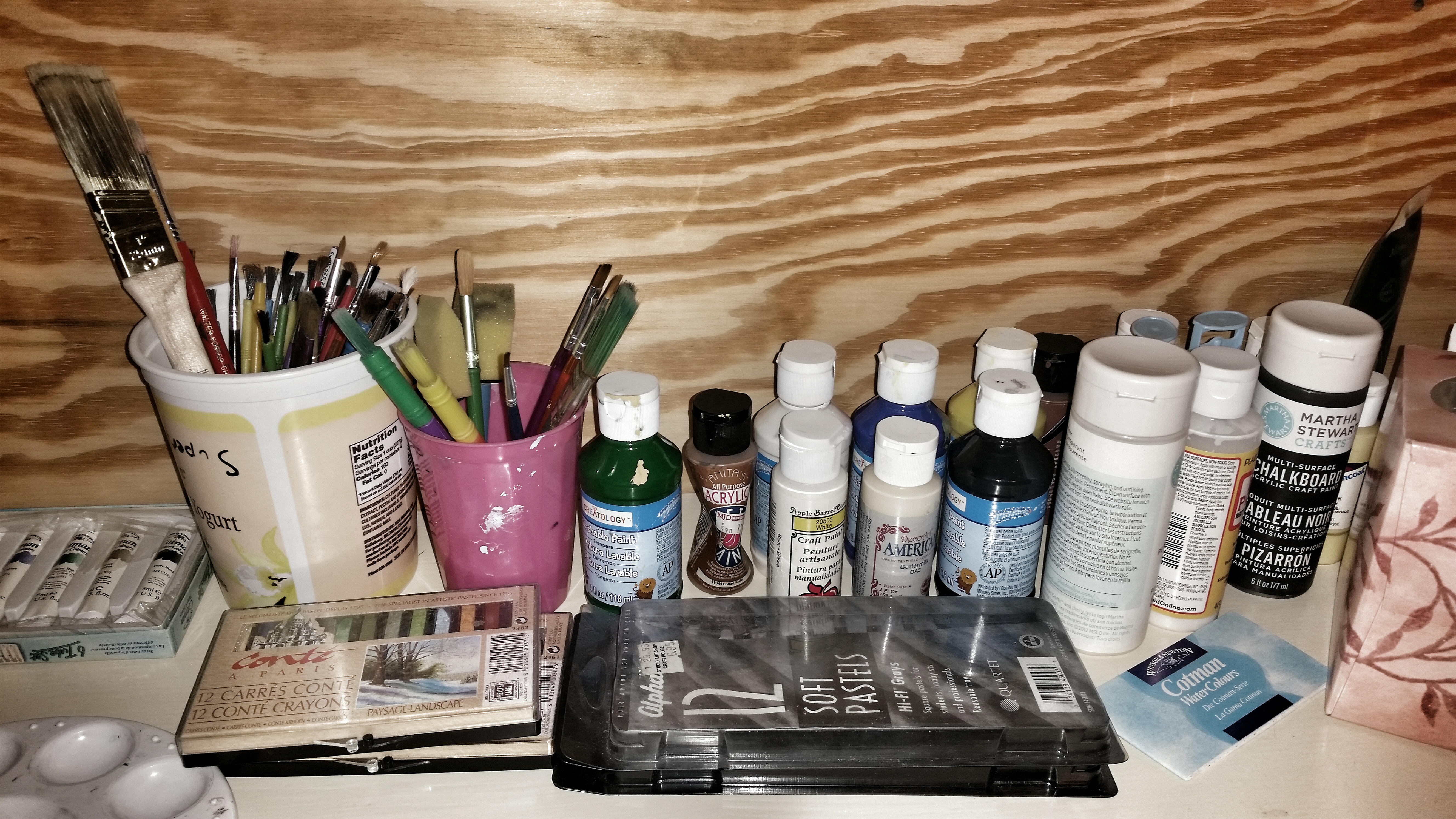
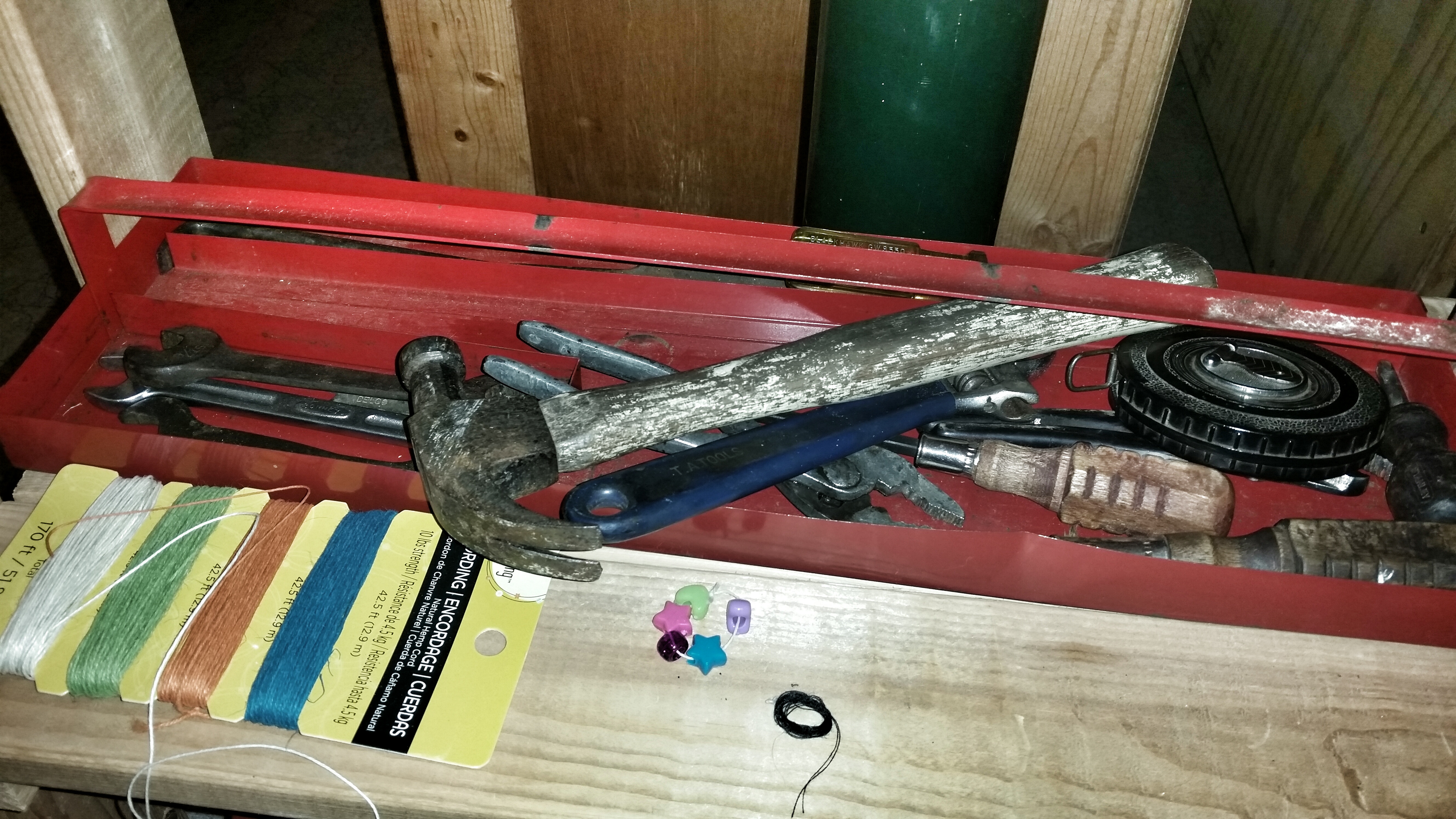
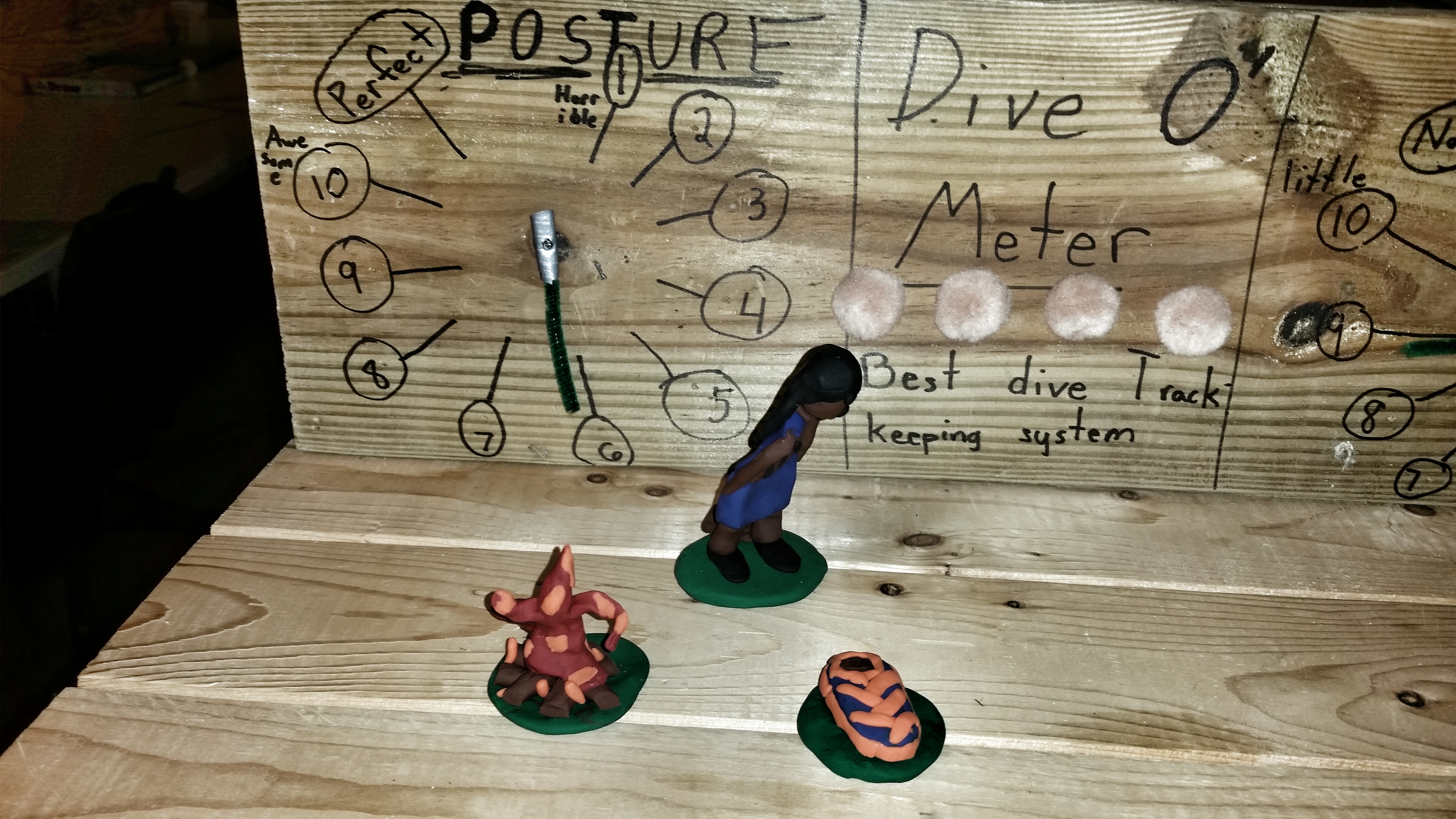
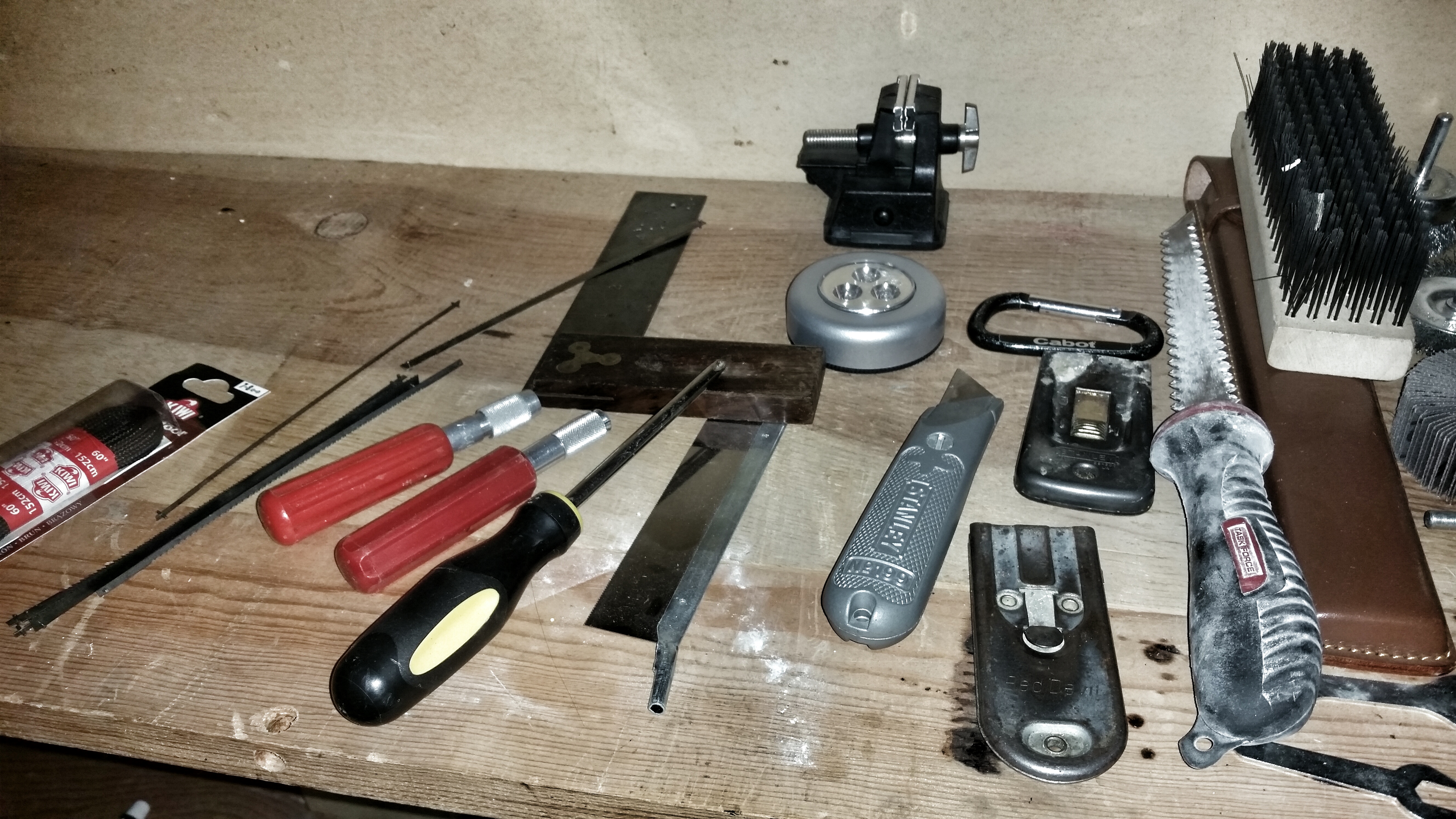
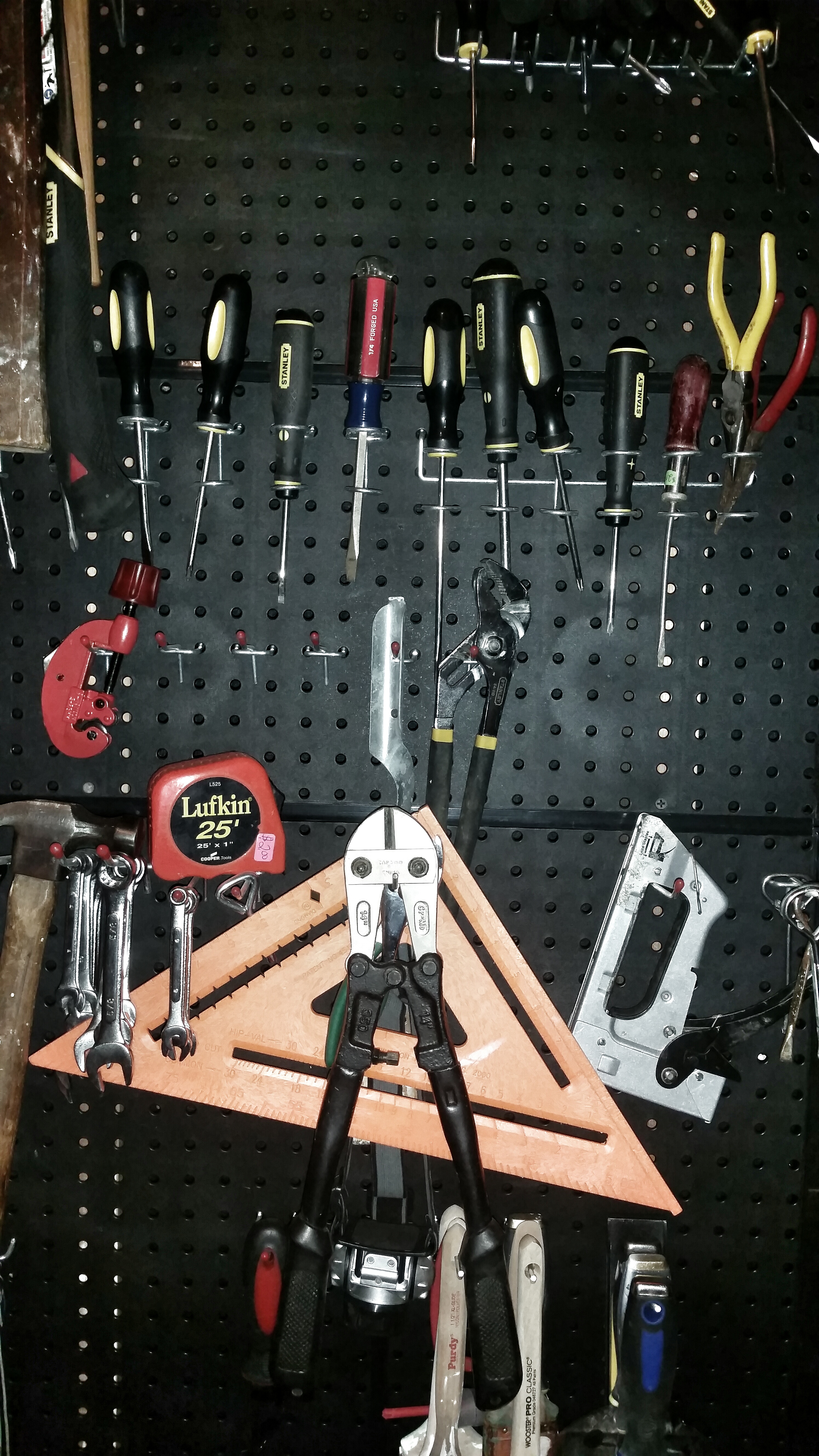
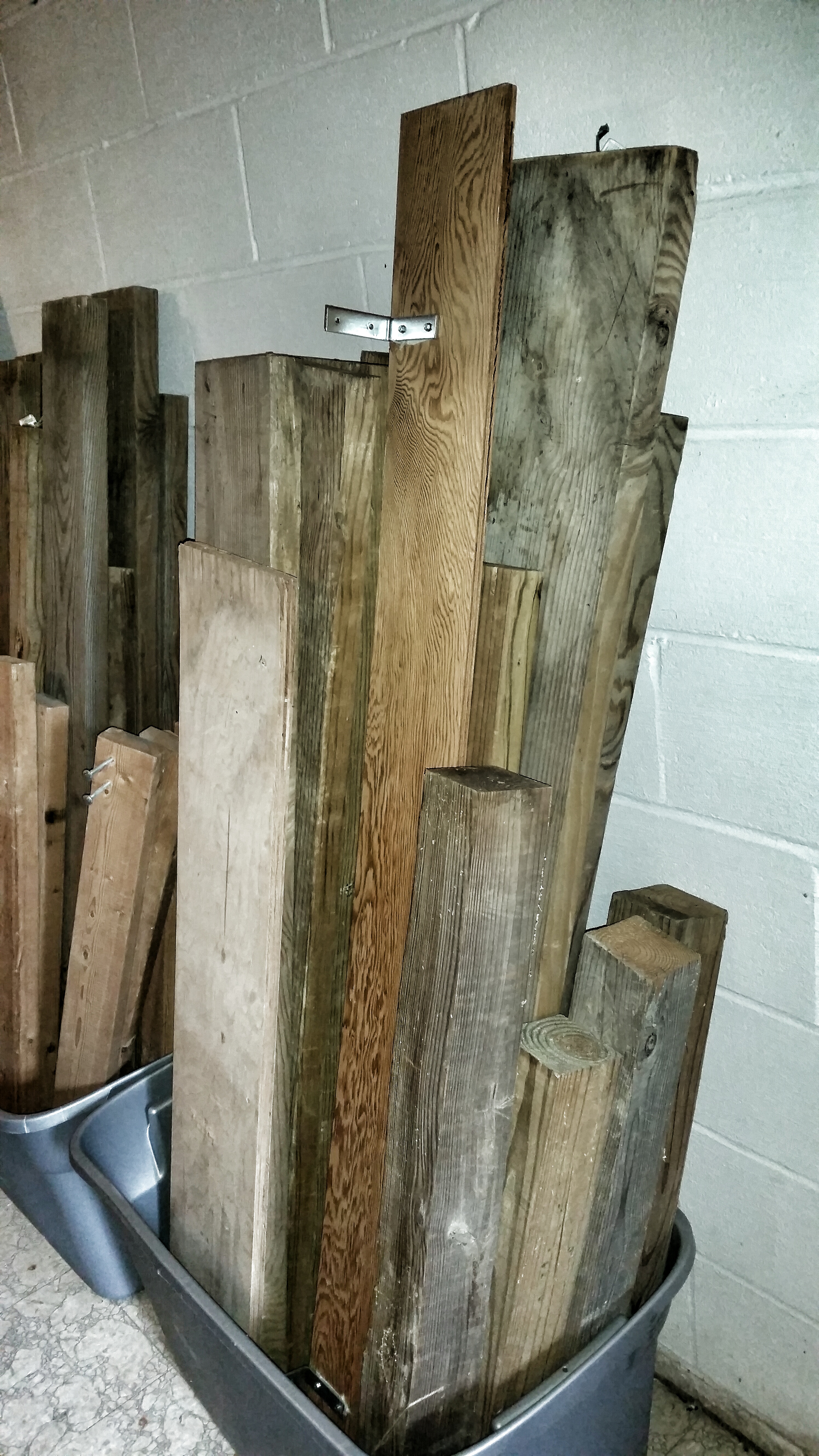
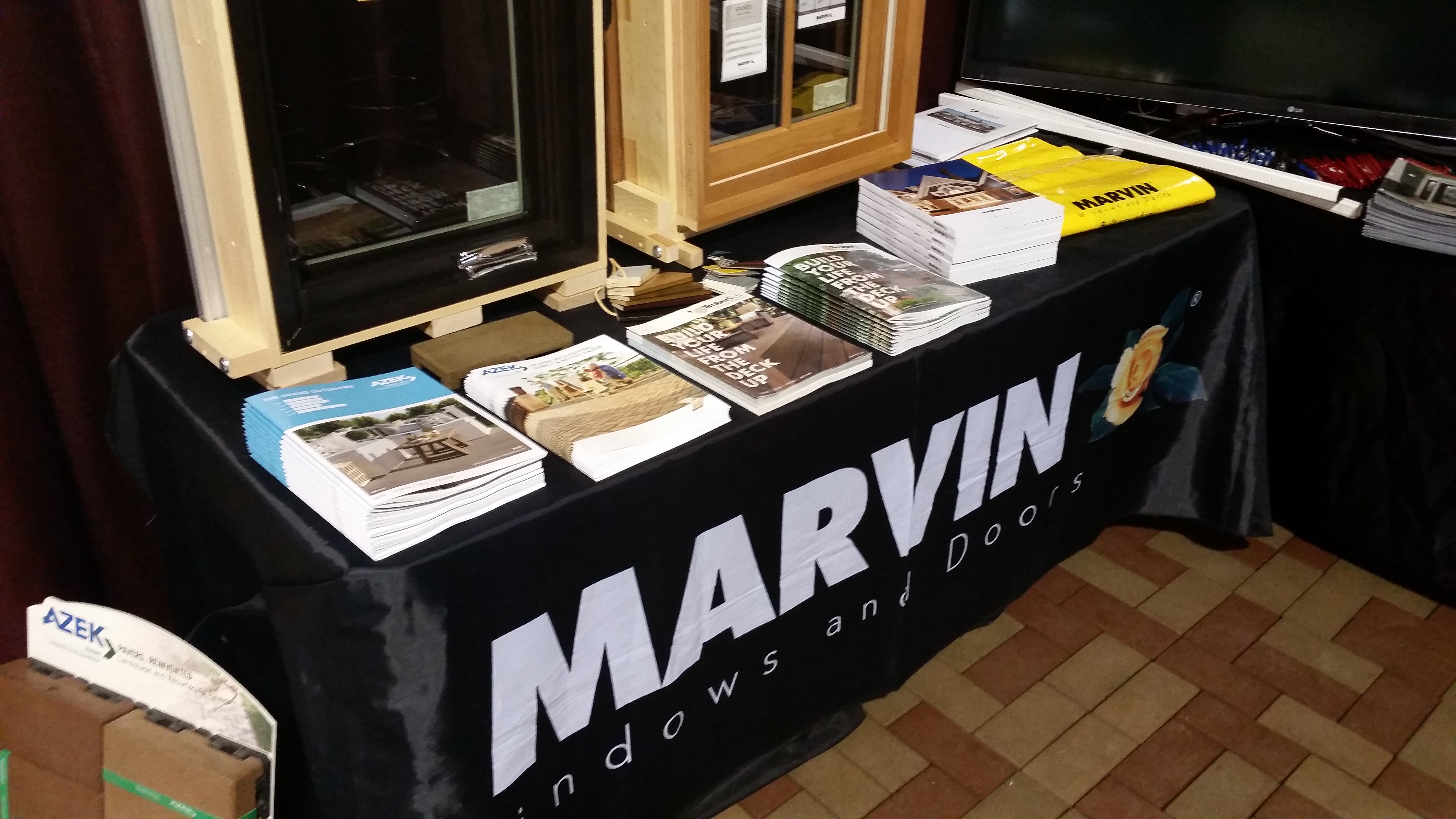
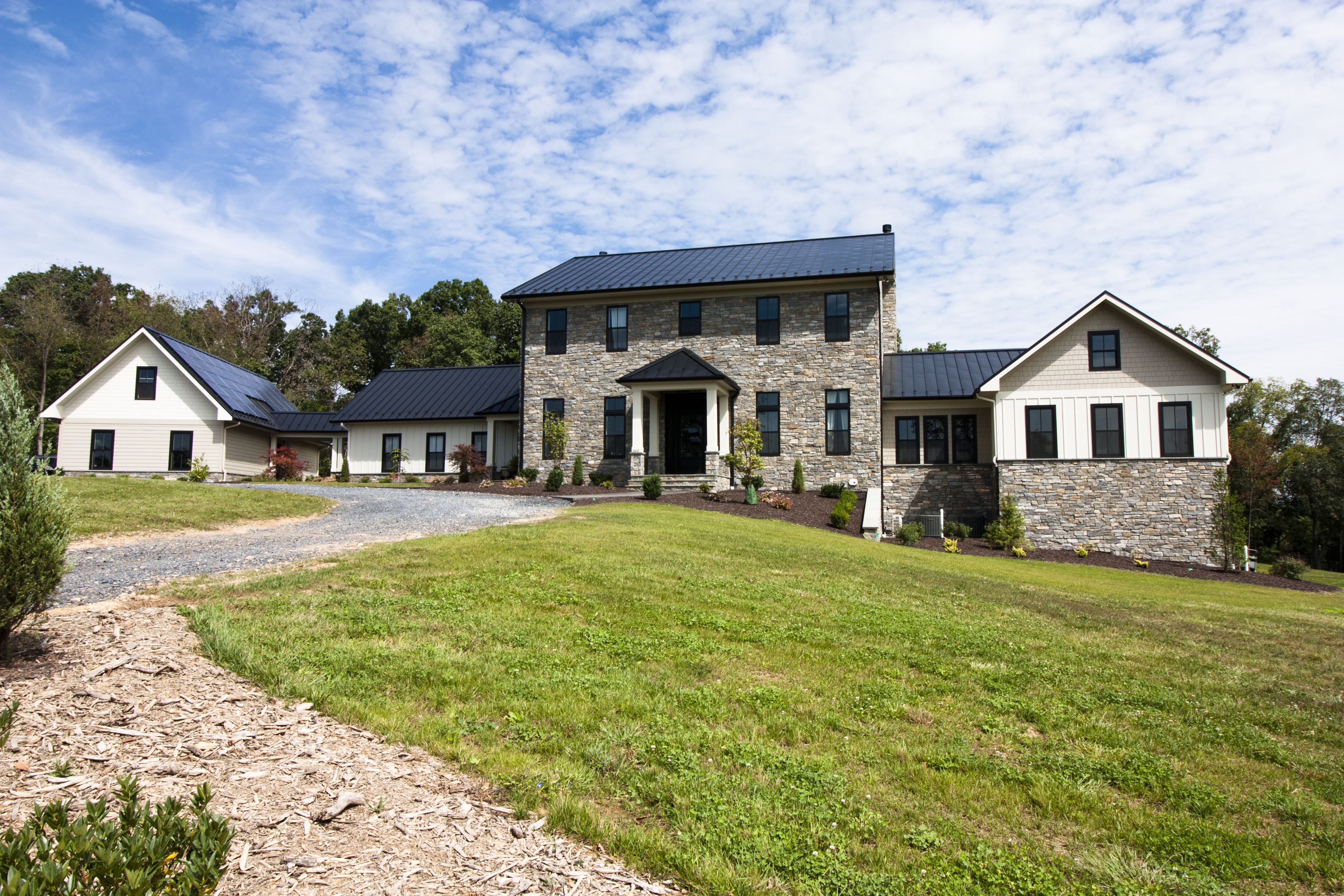
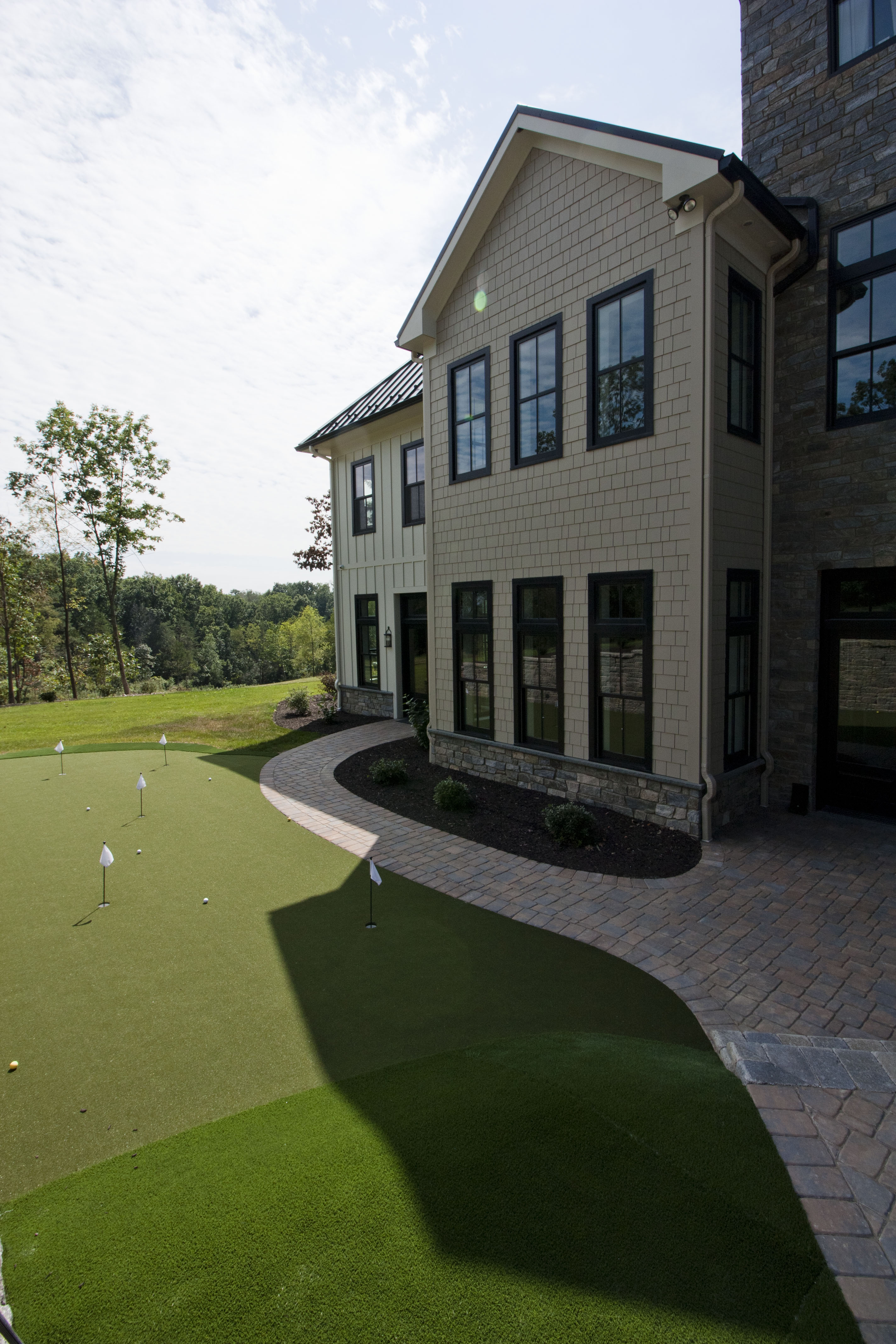
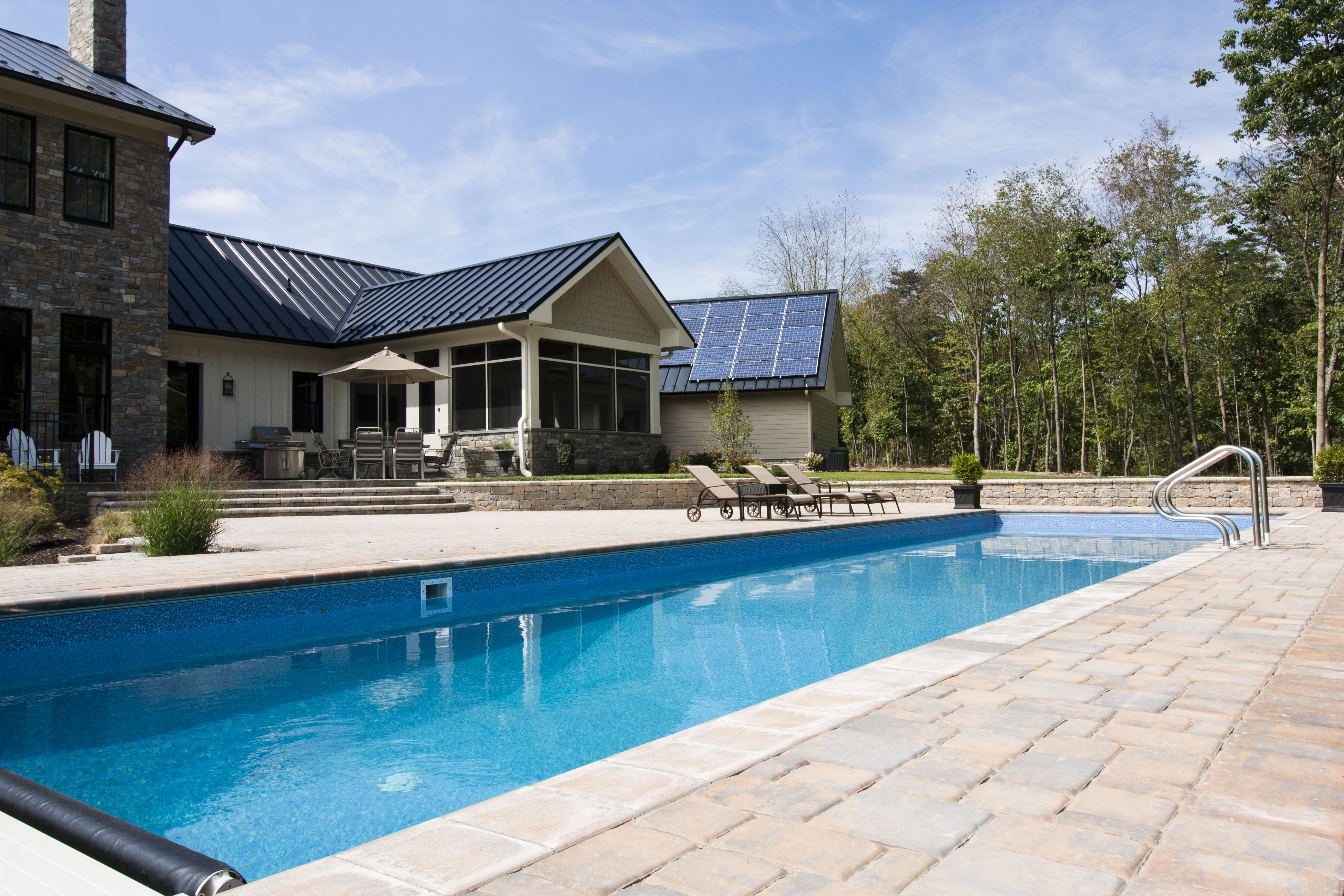
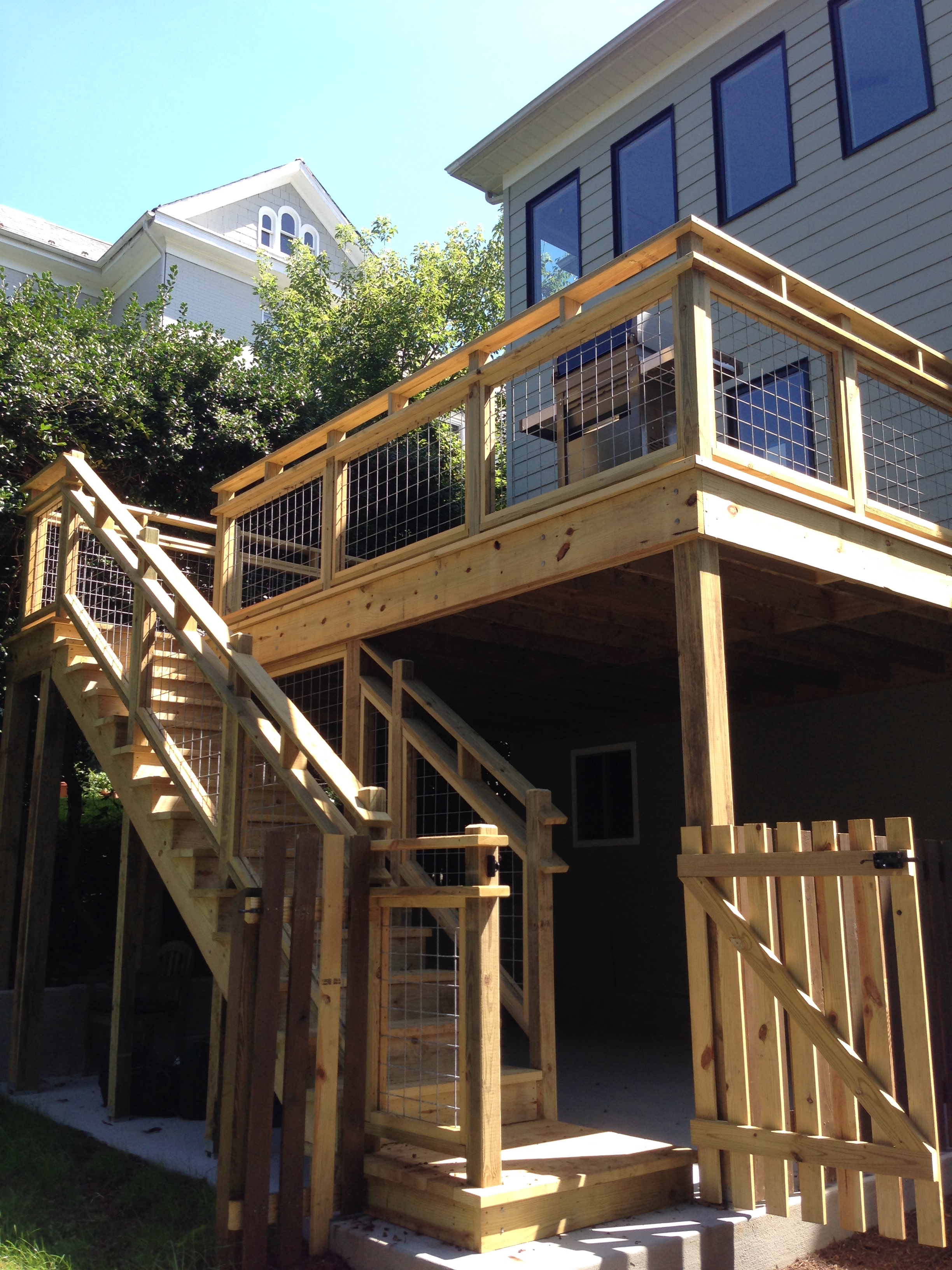
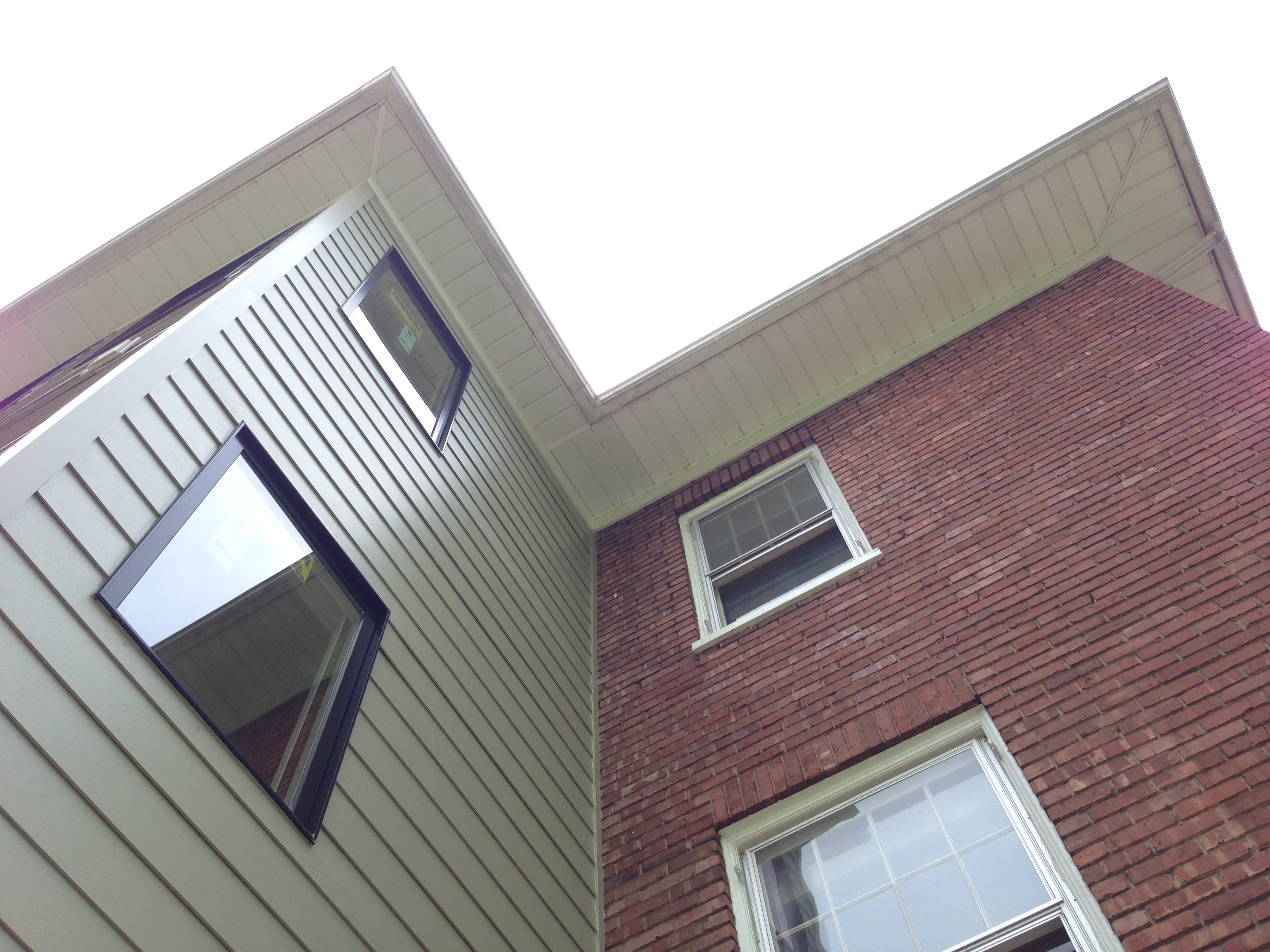

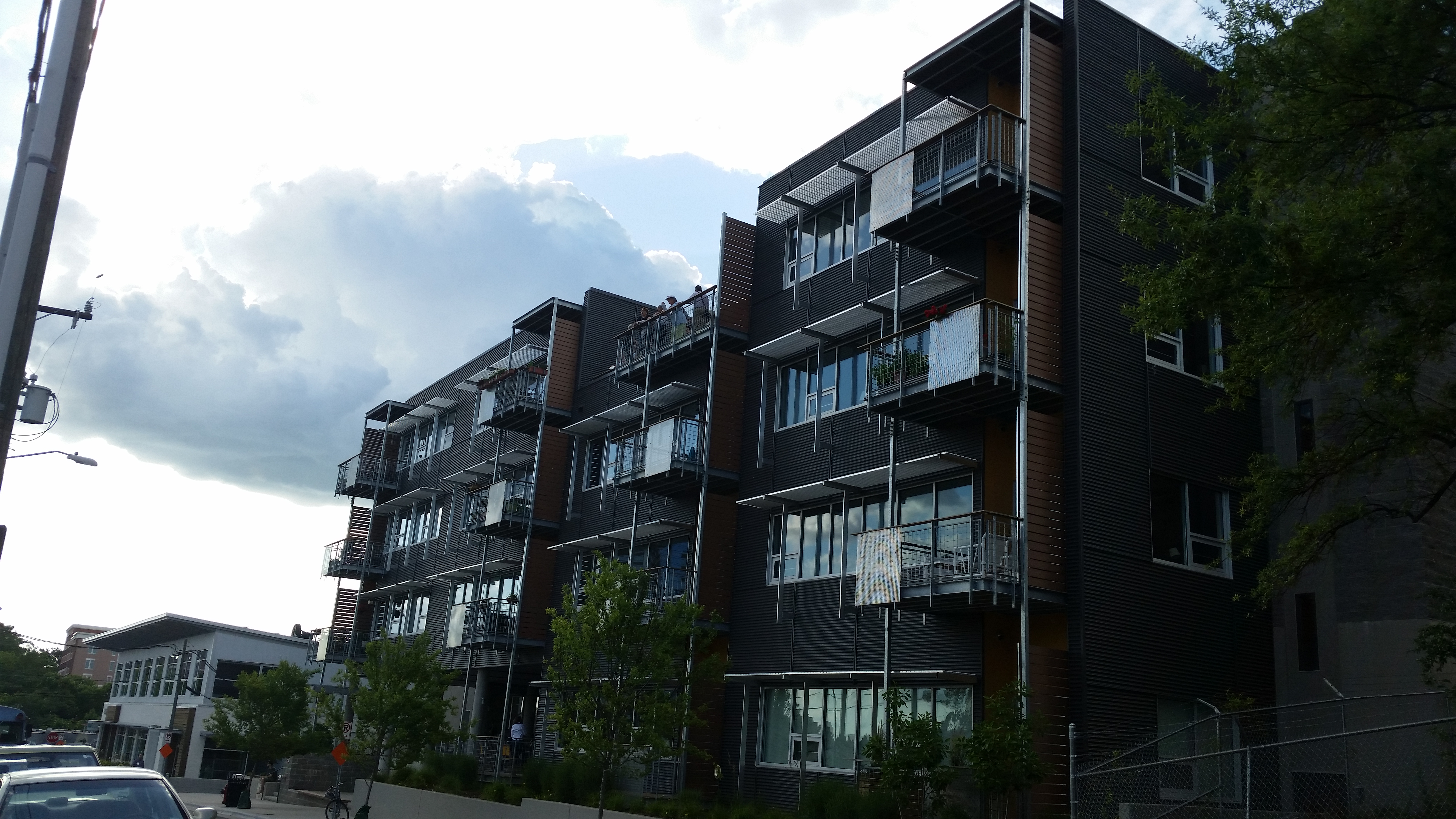
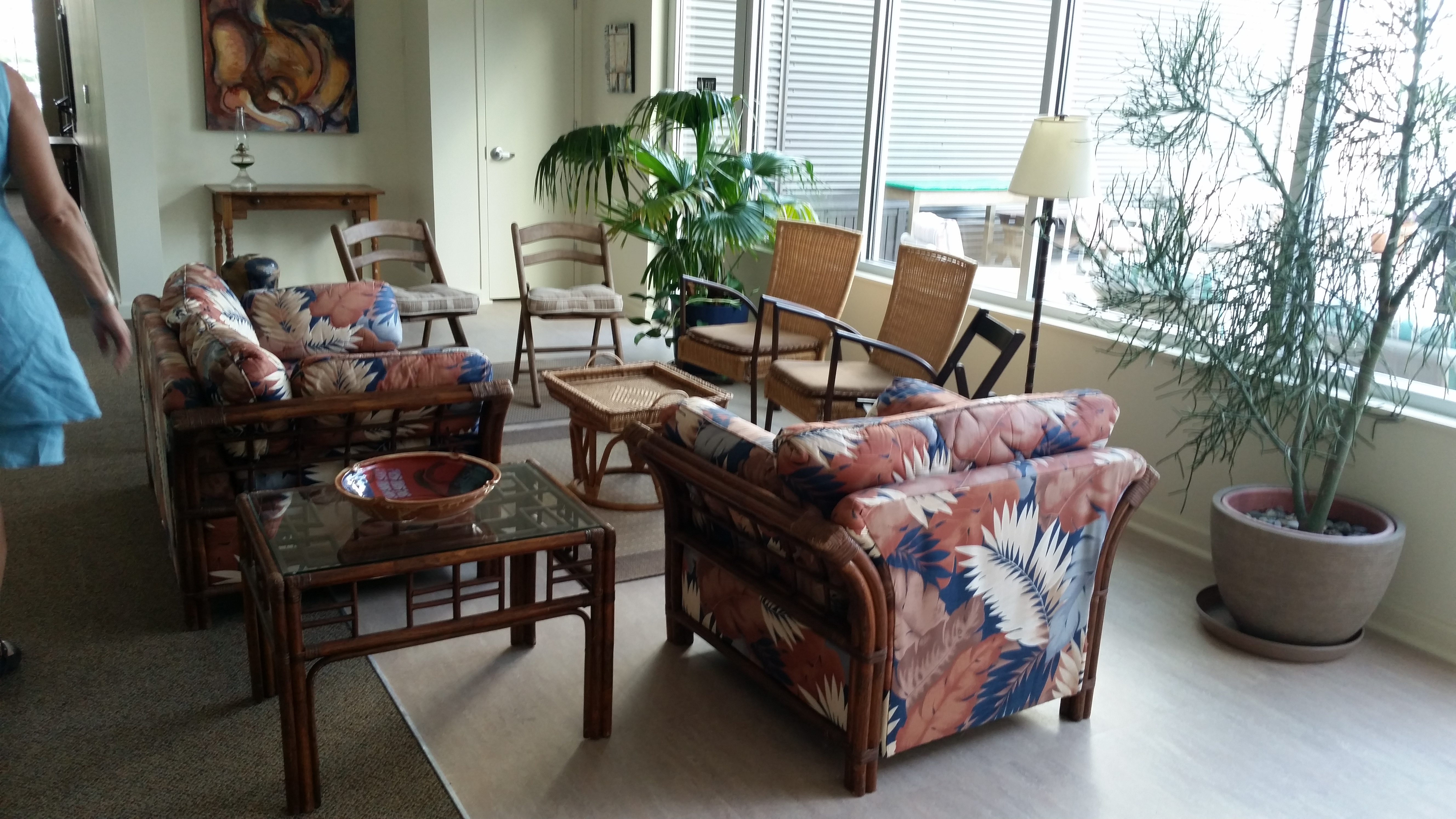
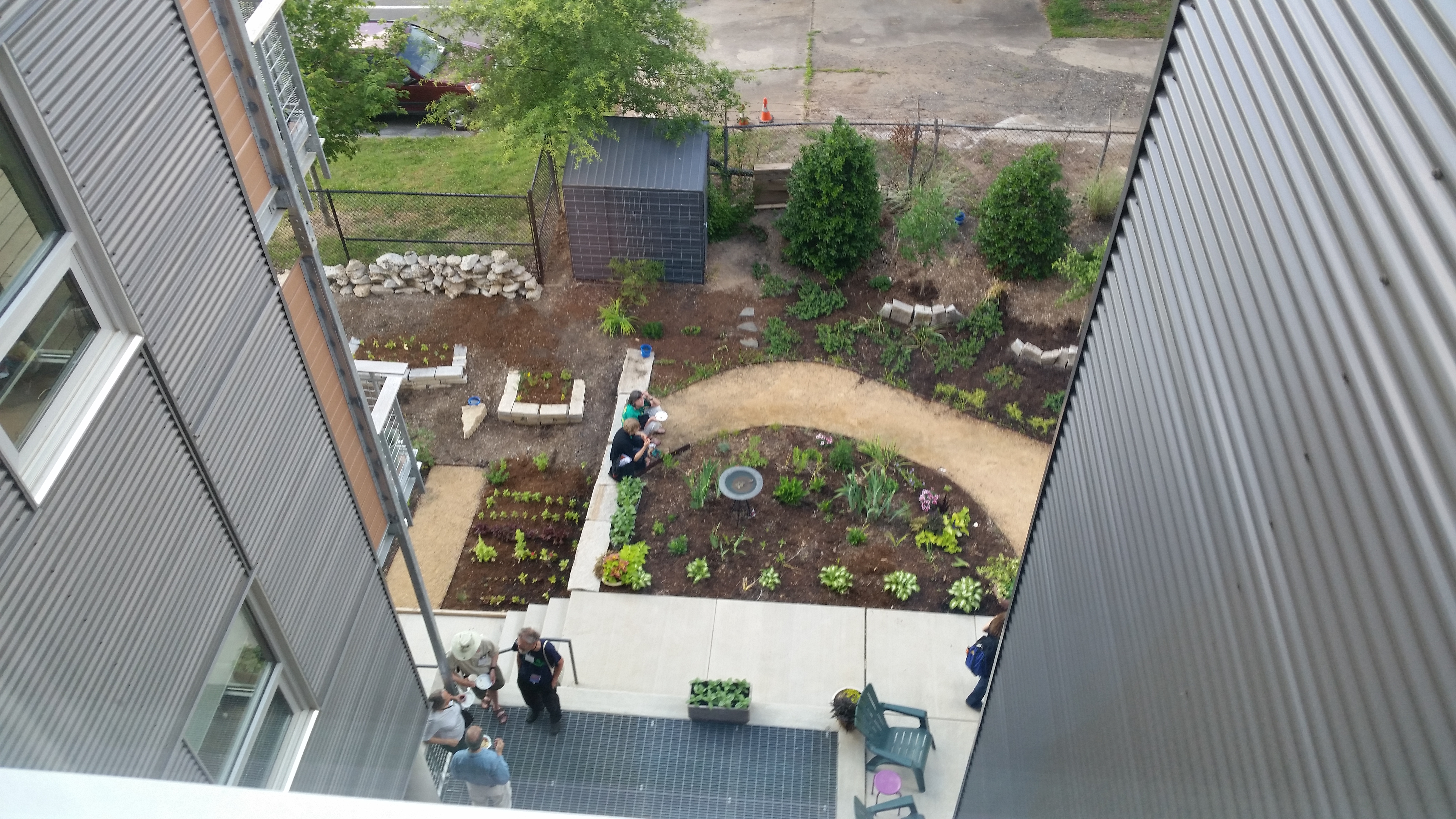
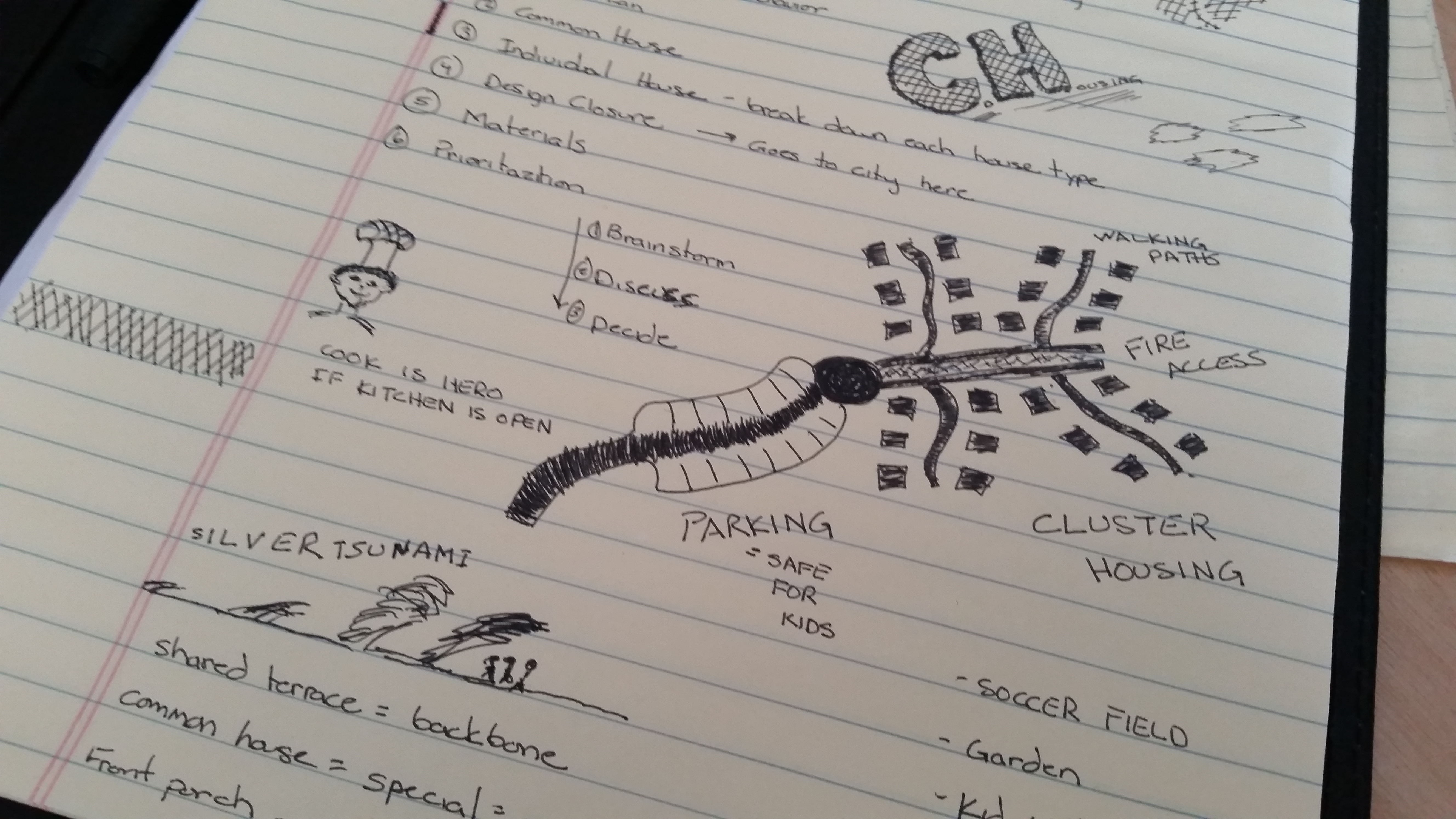
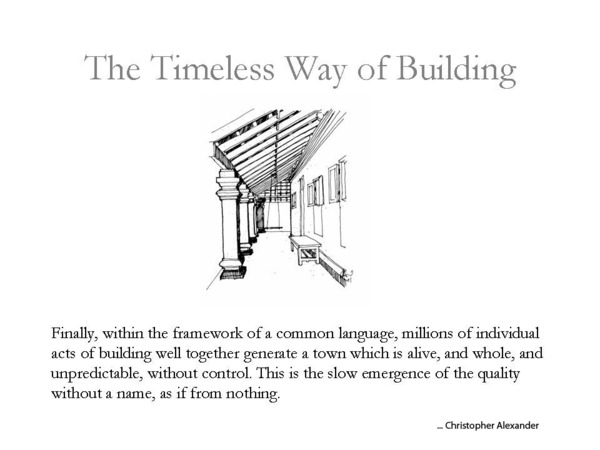
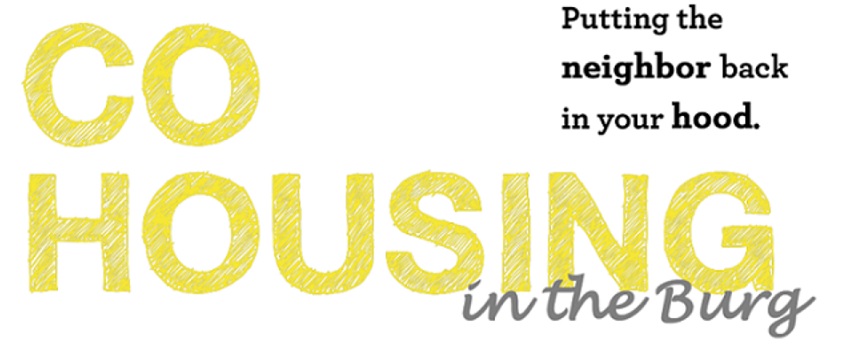
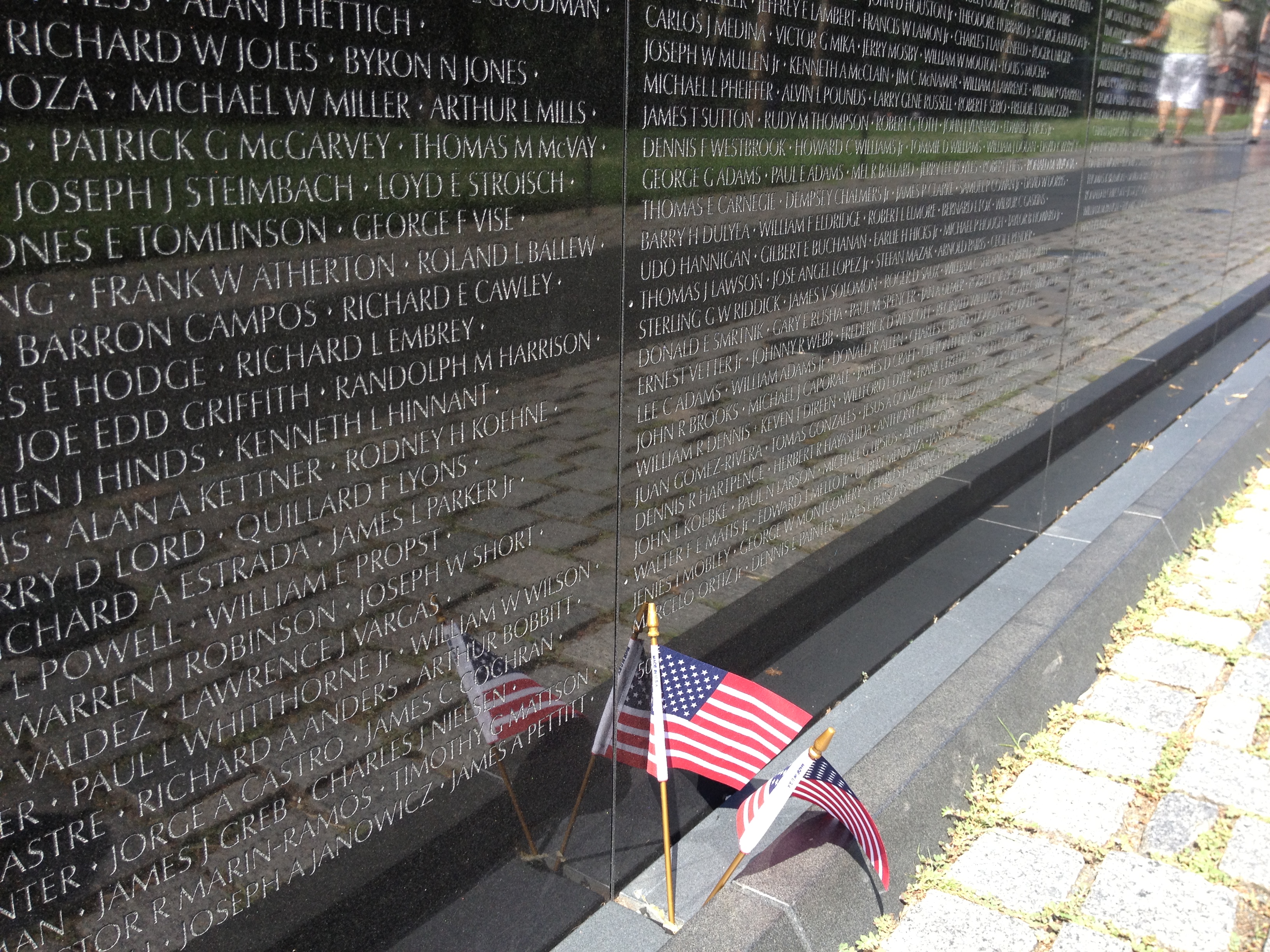
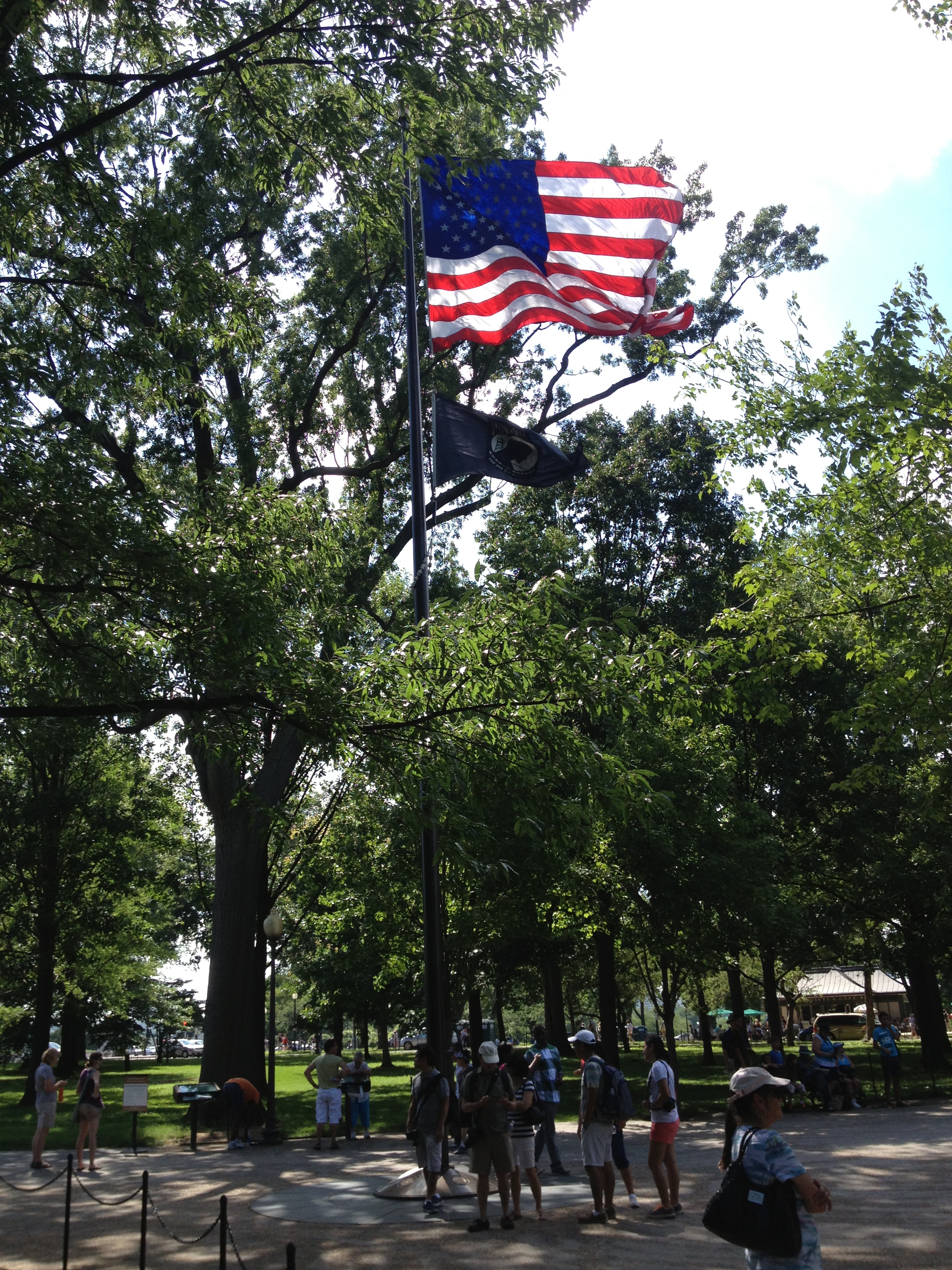
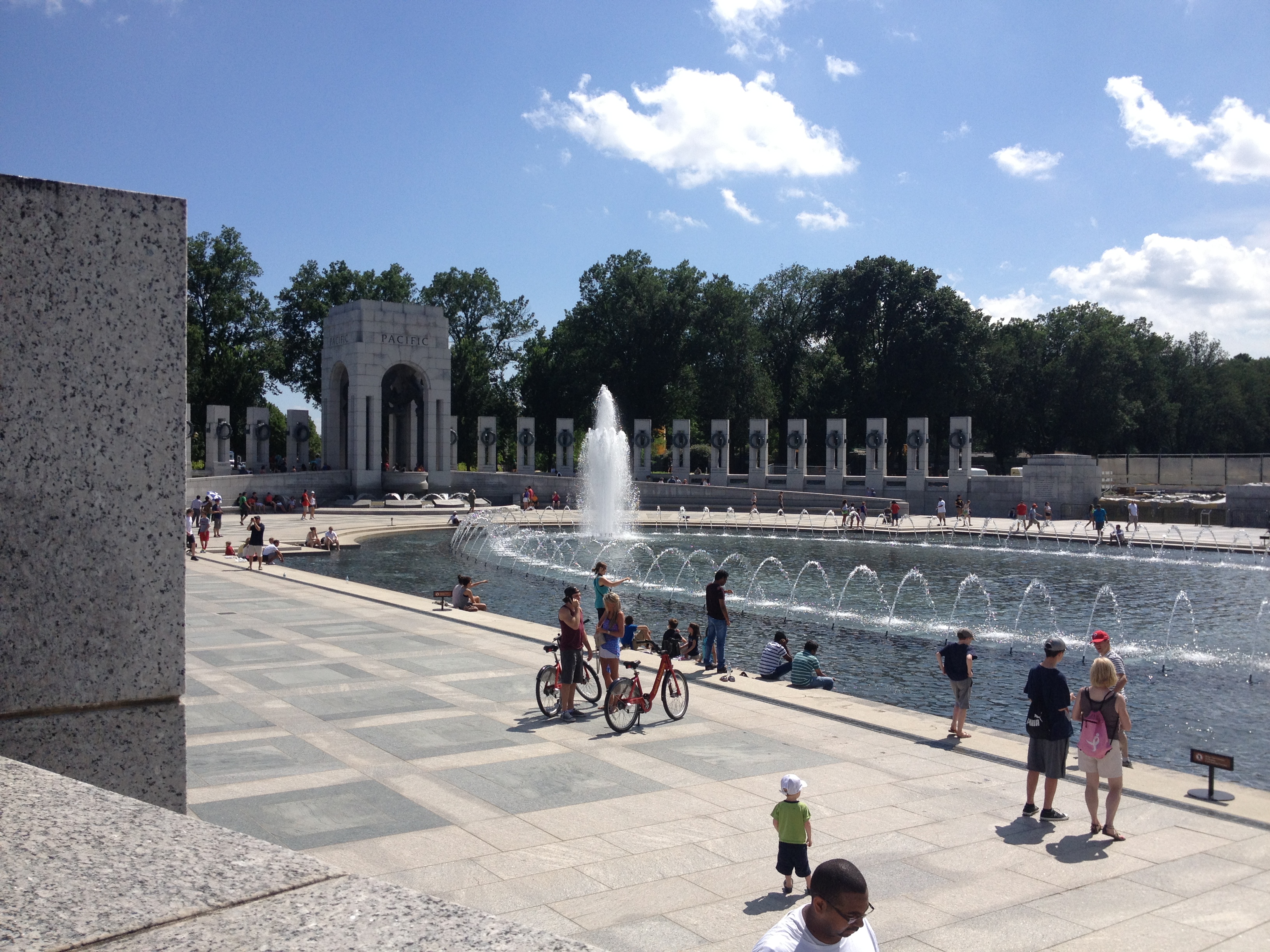
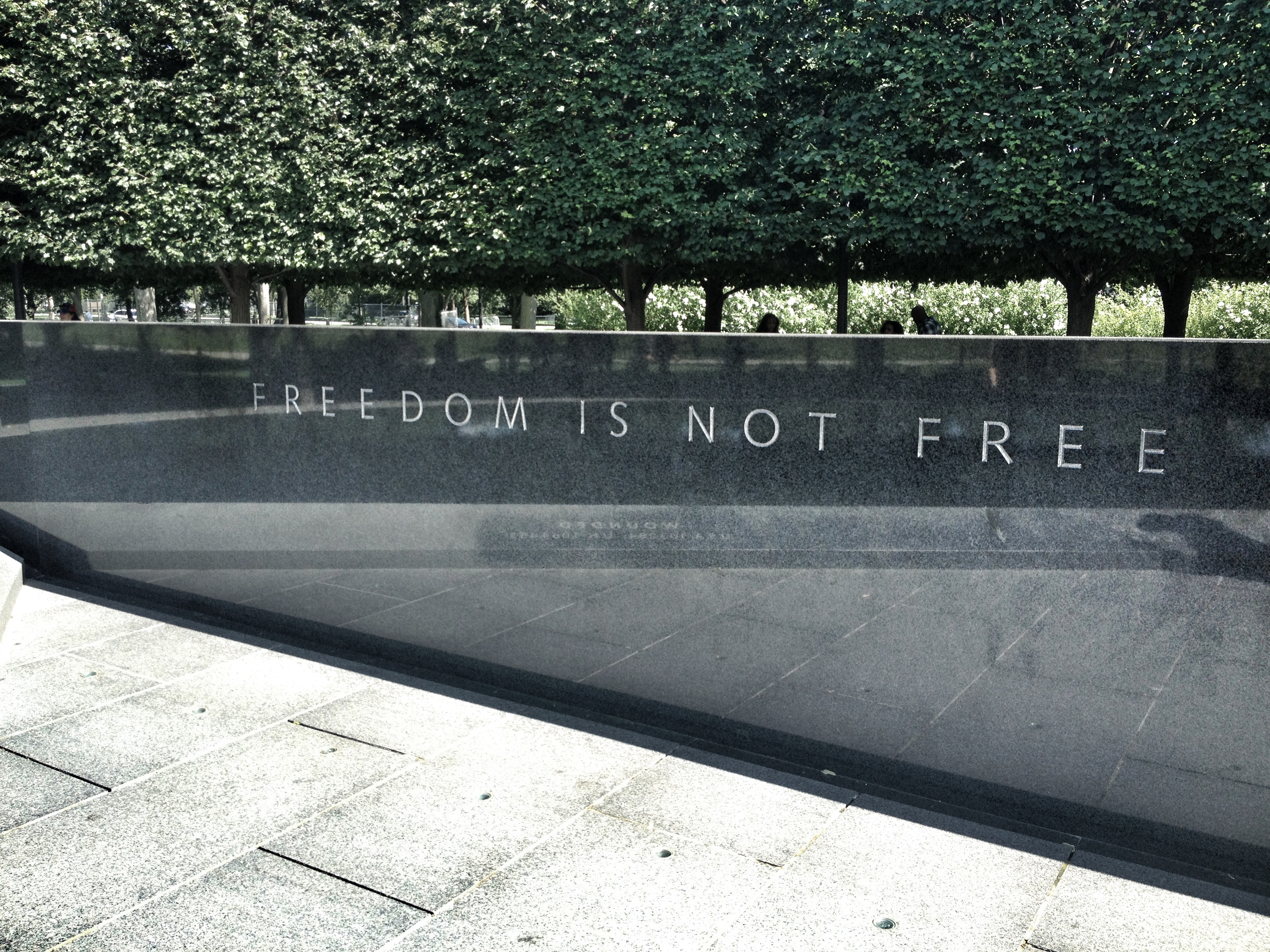
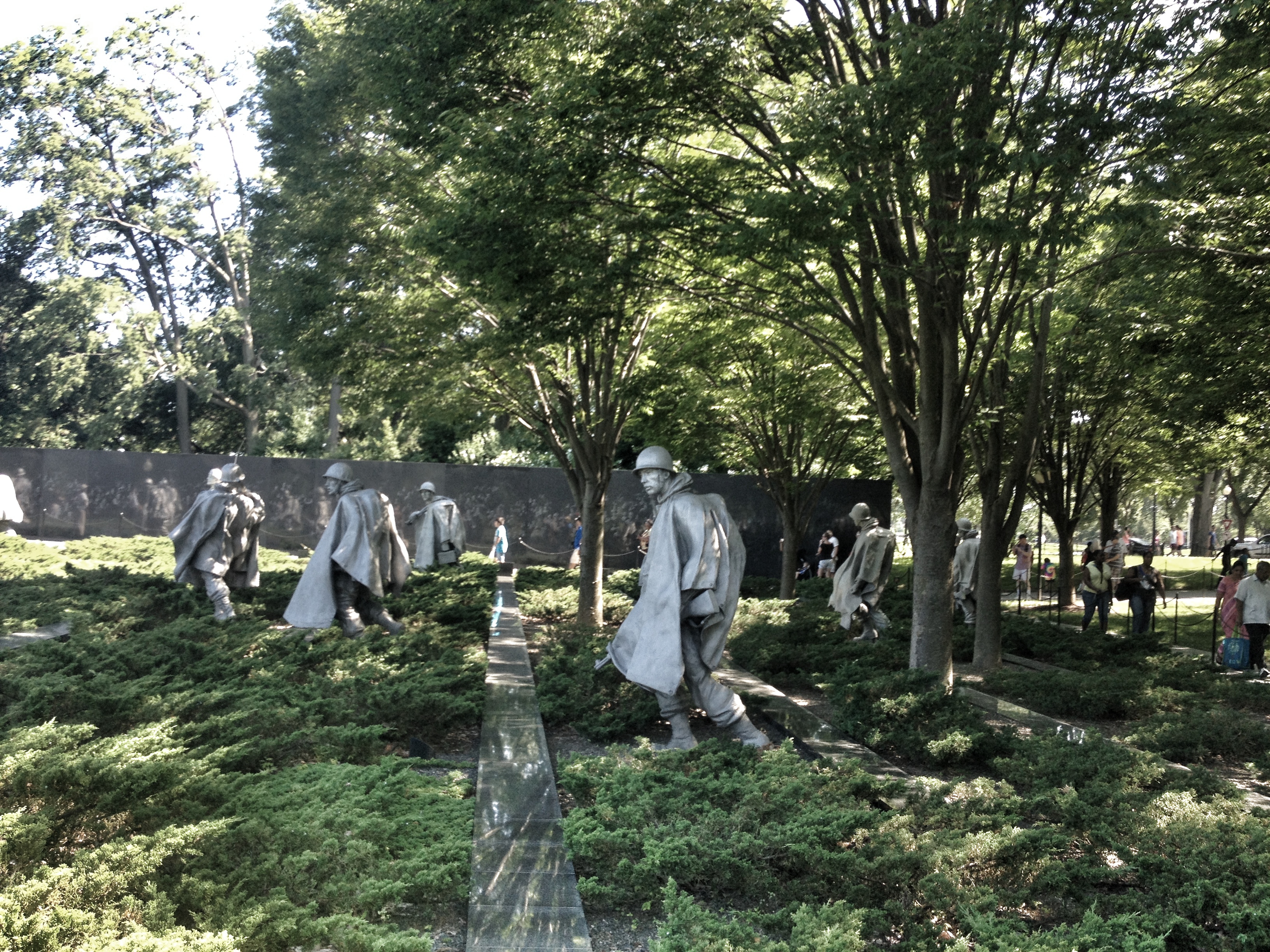

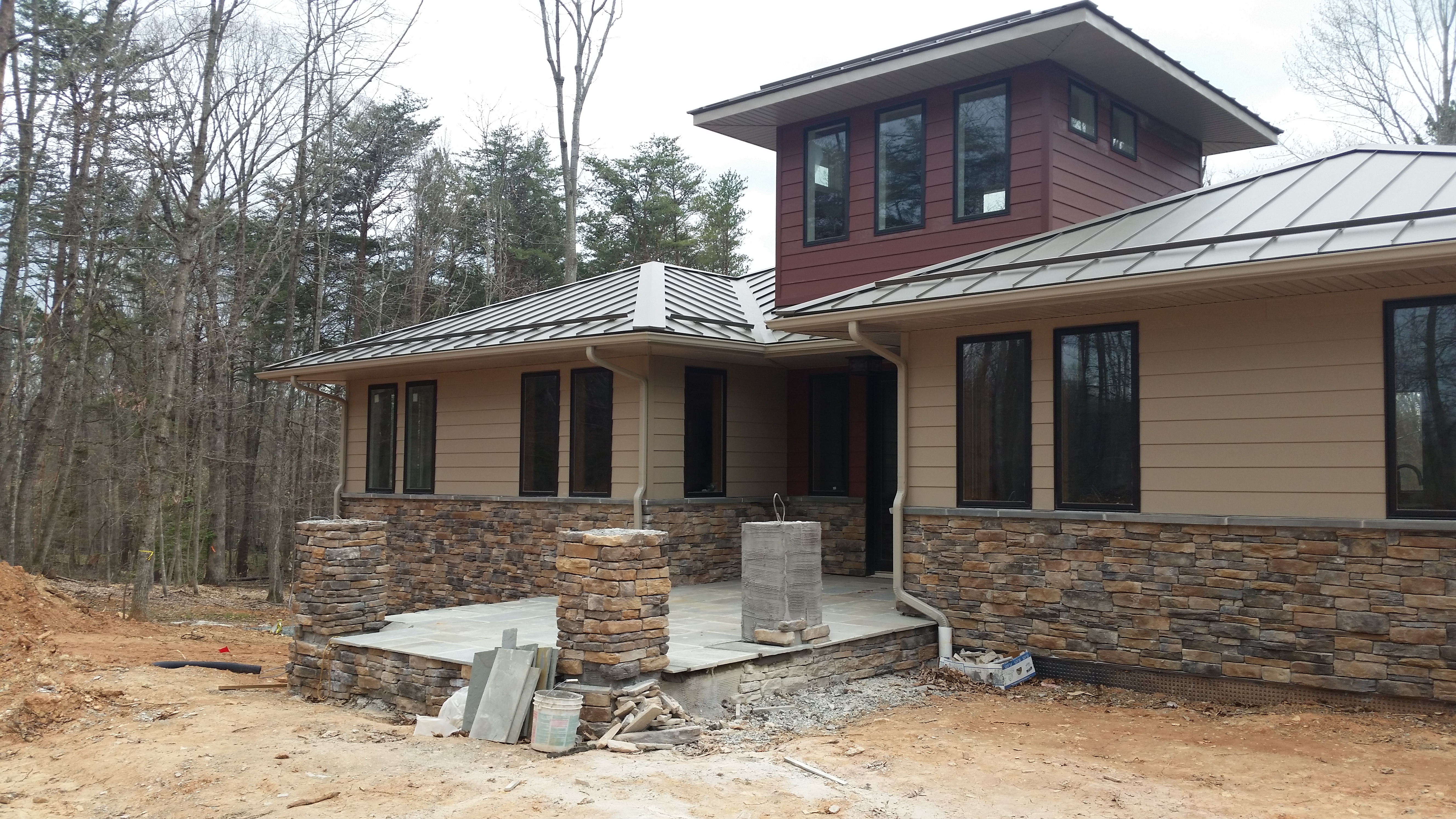
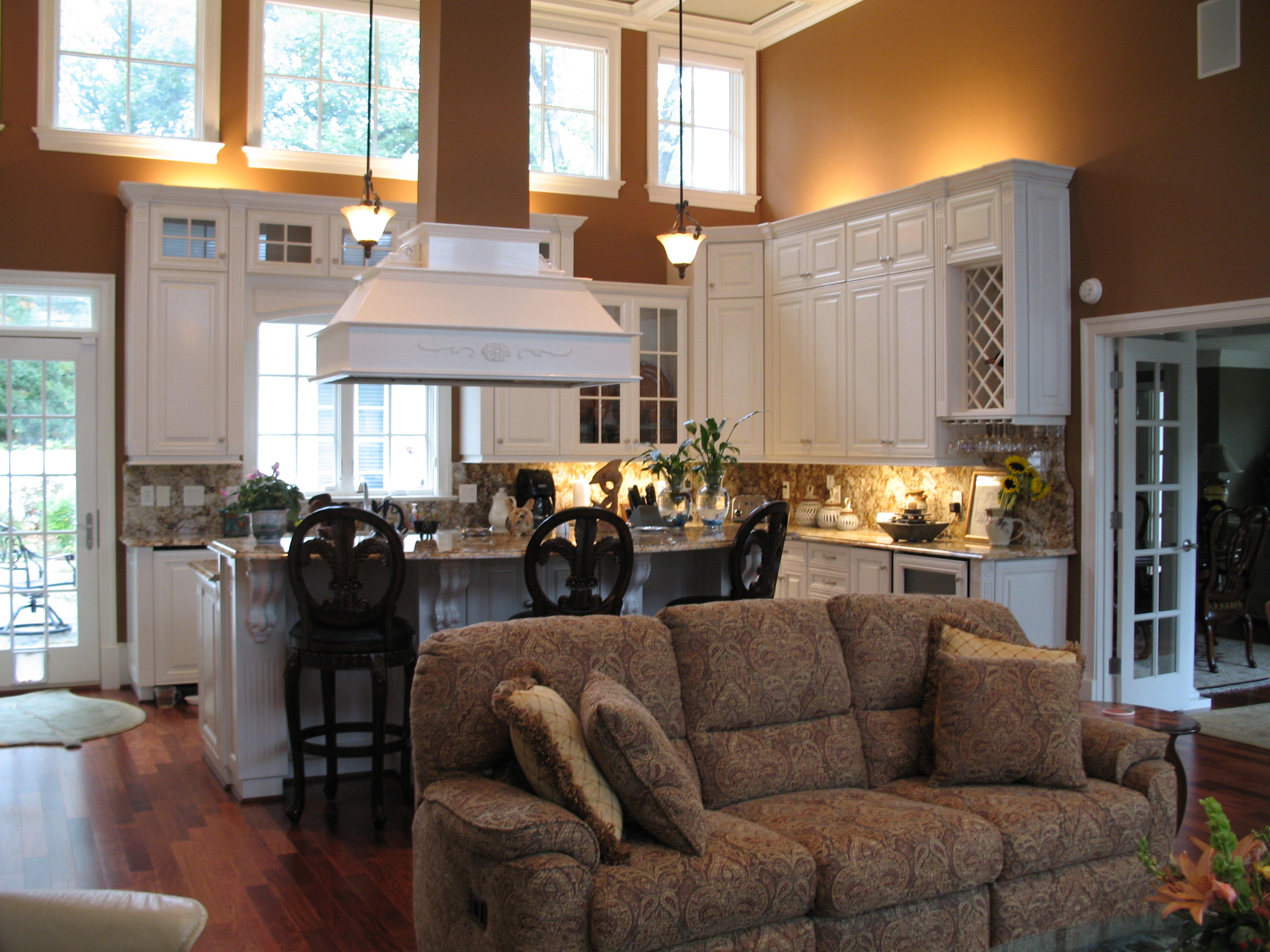

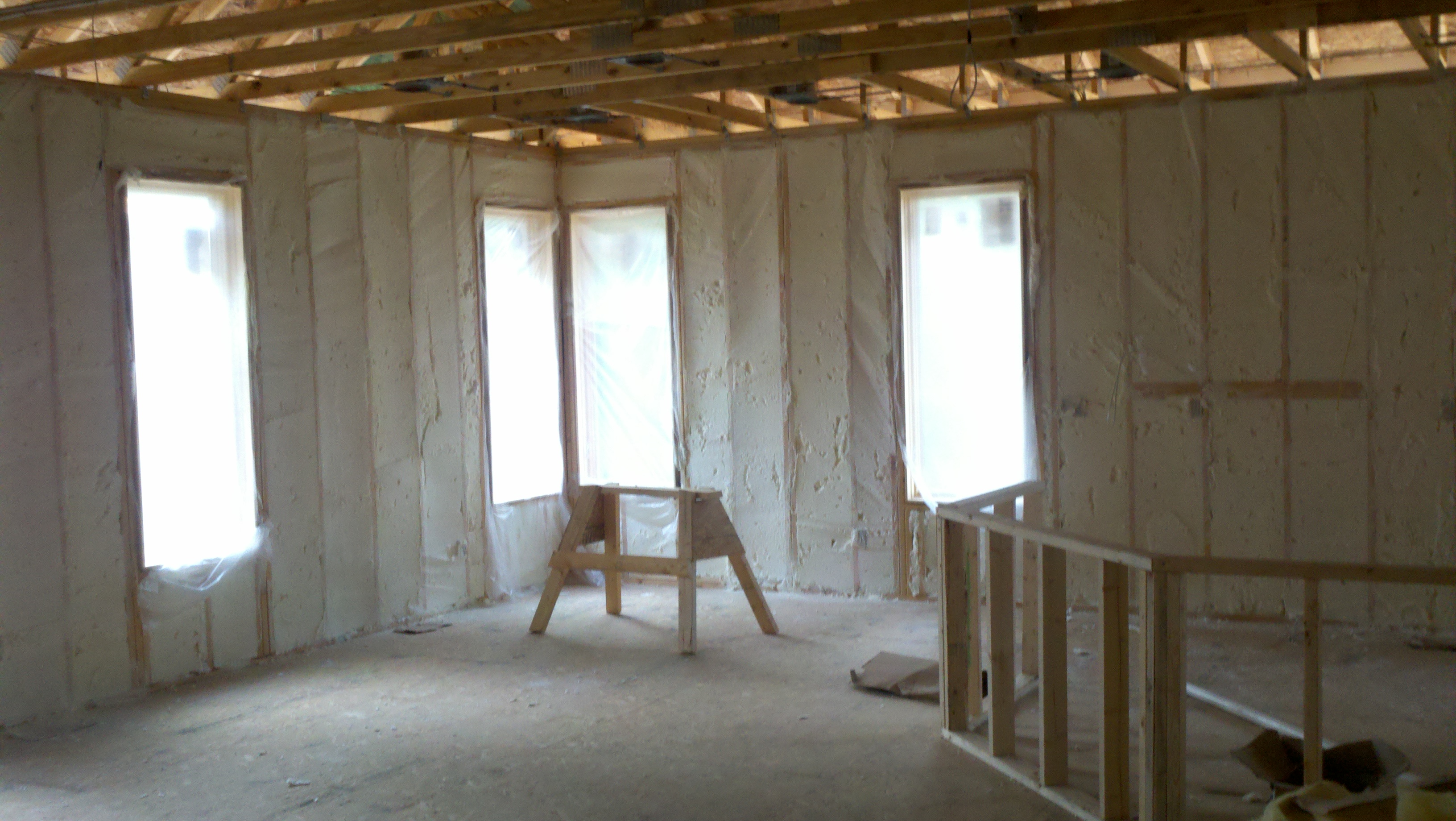

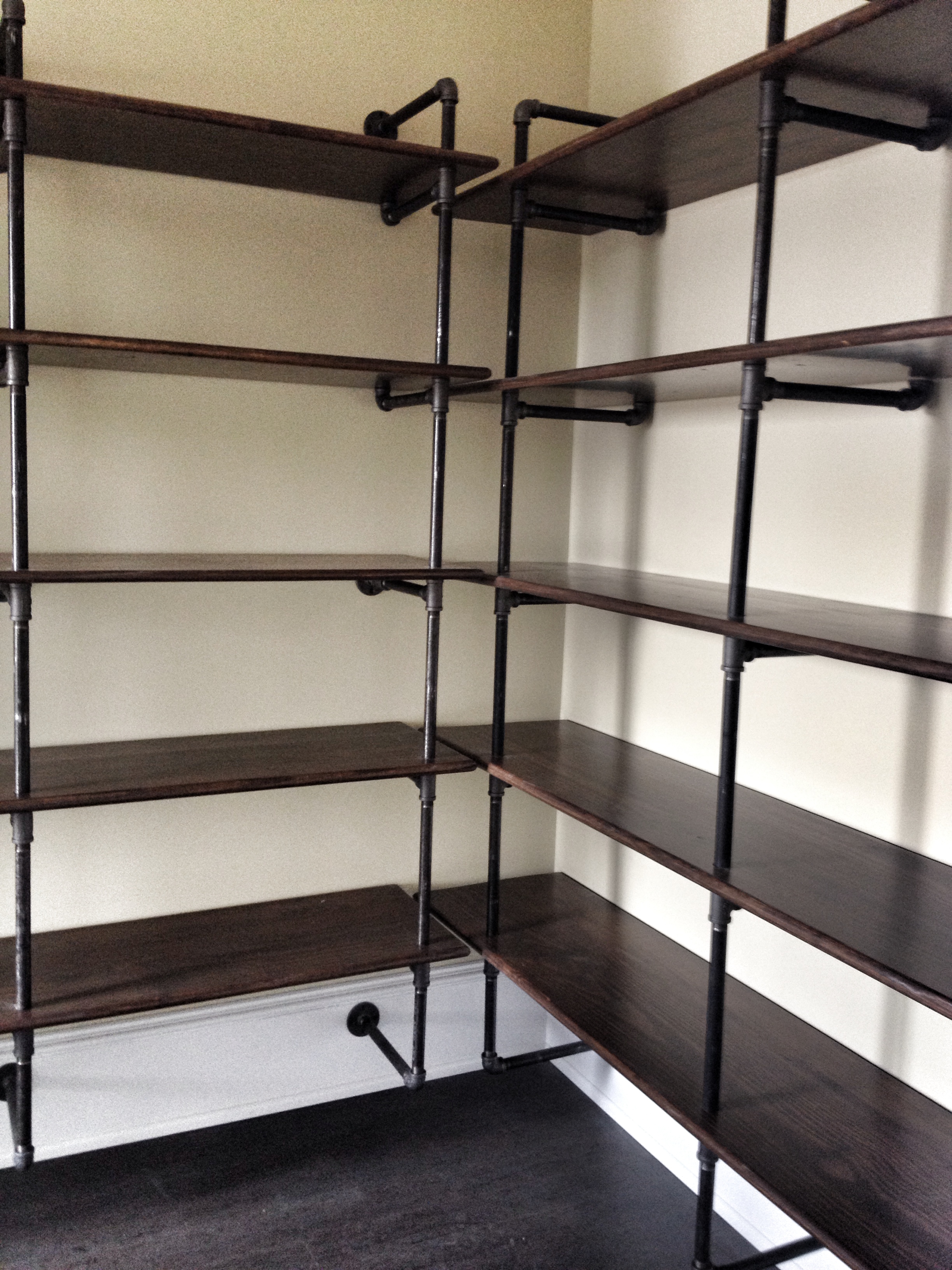 \
\